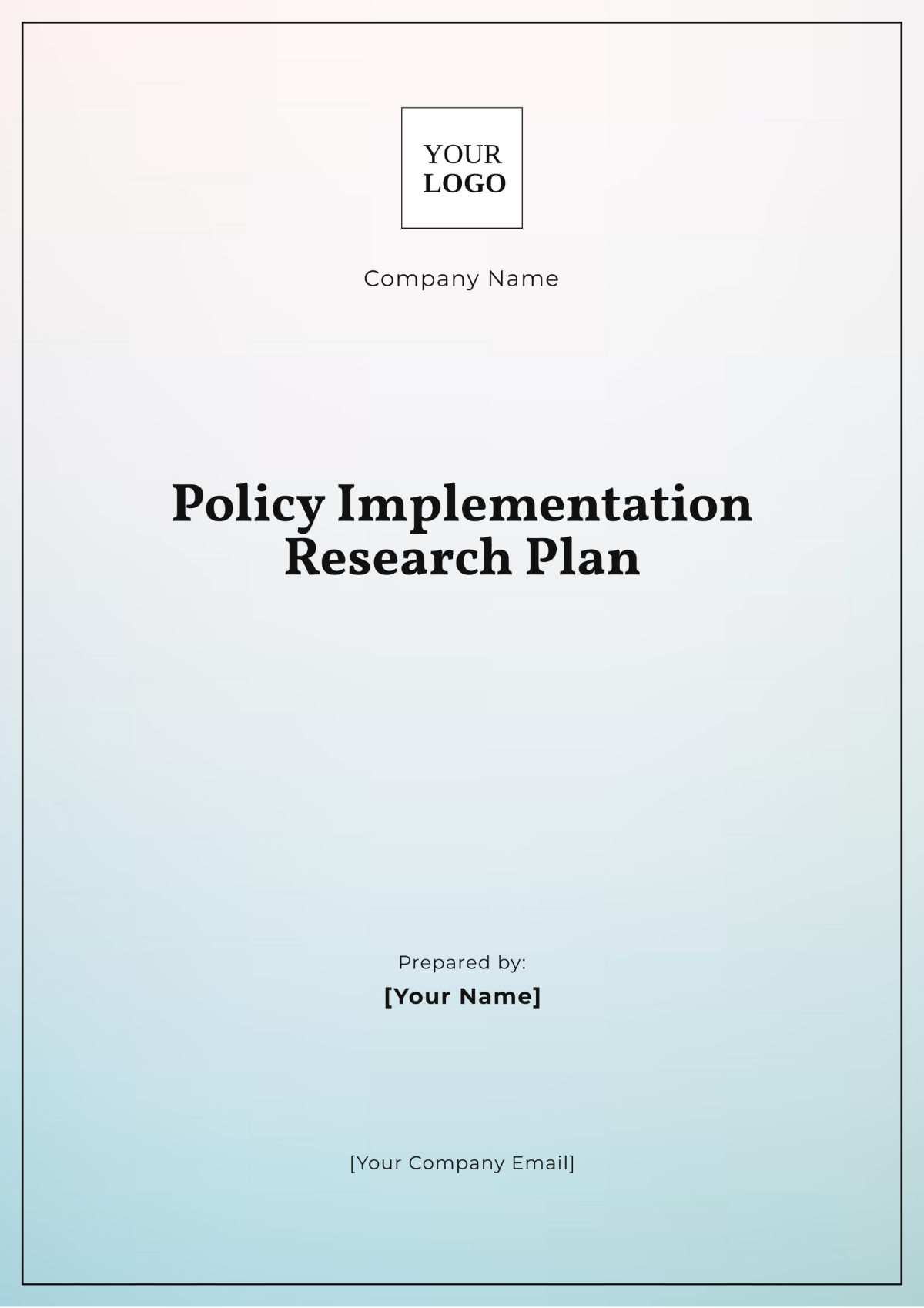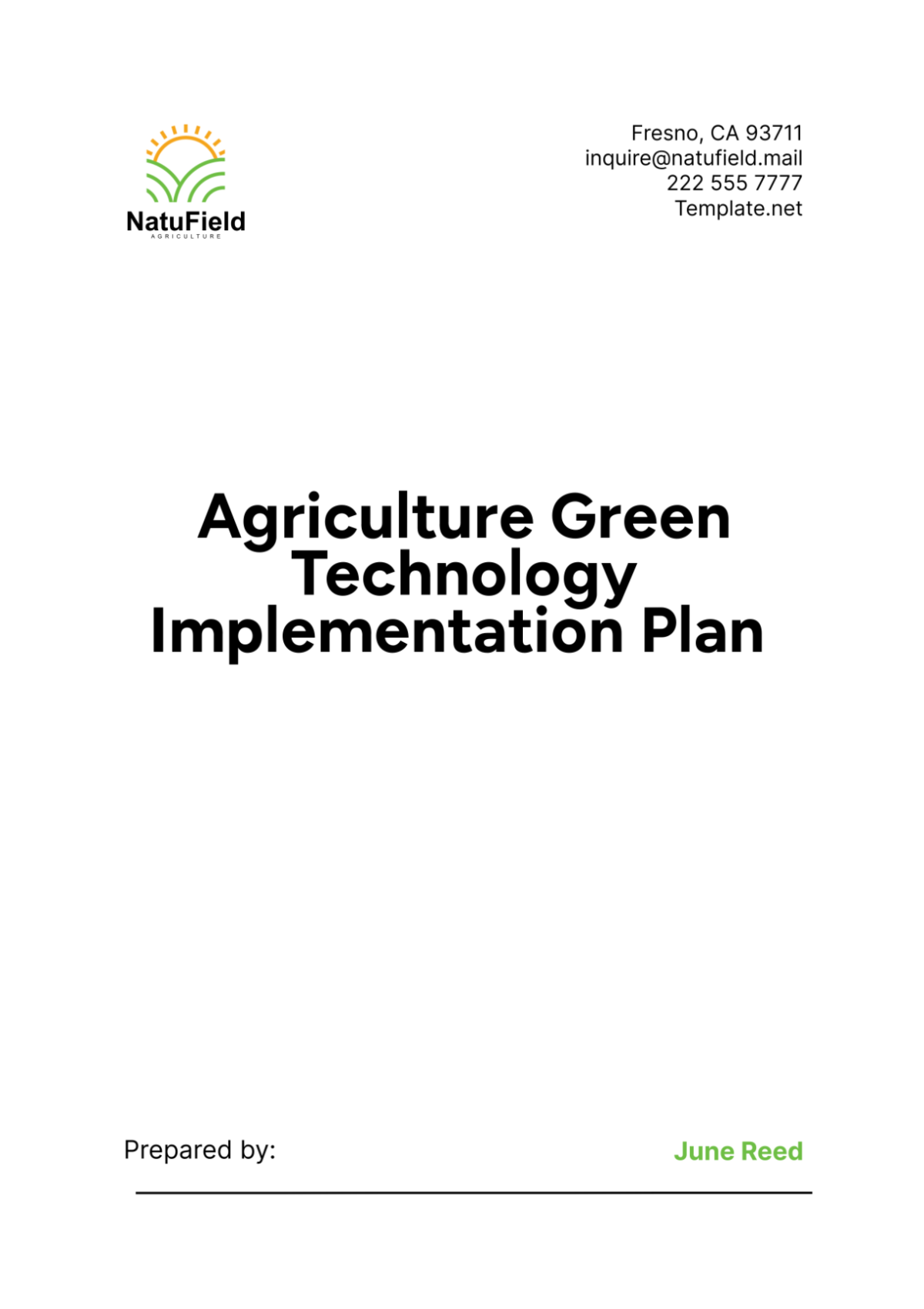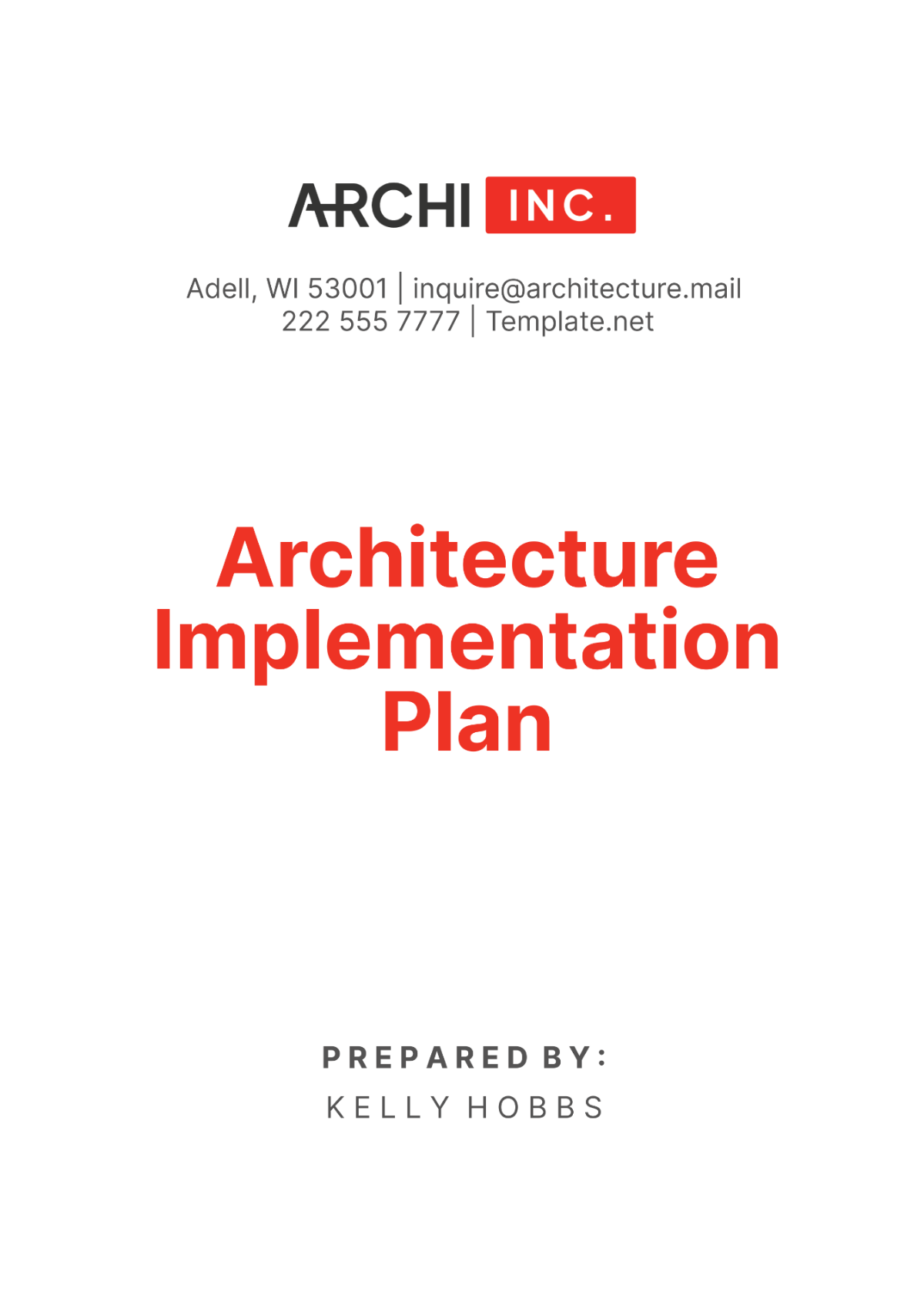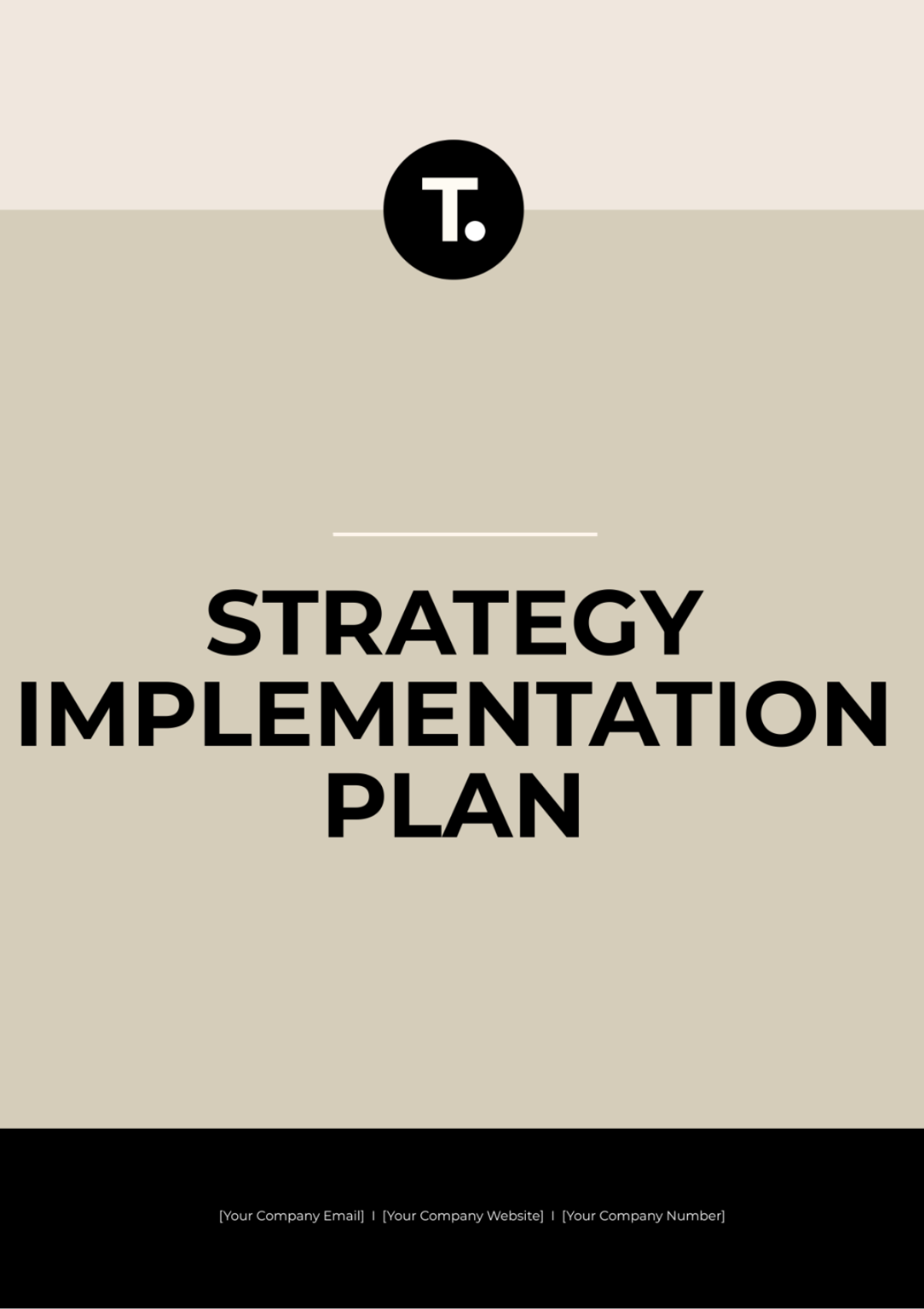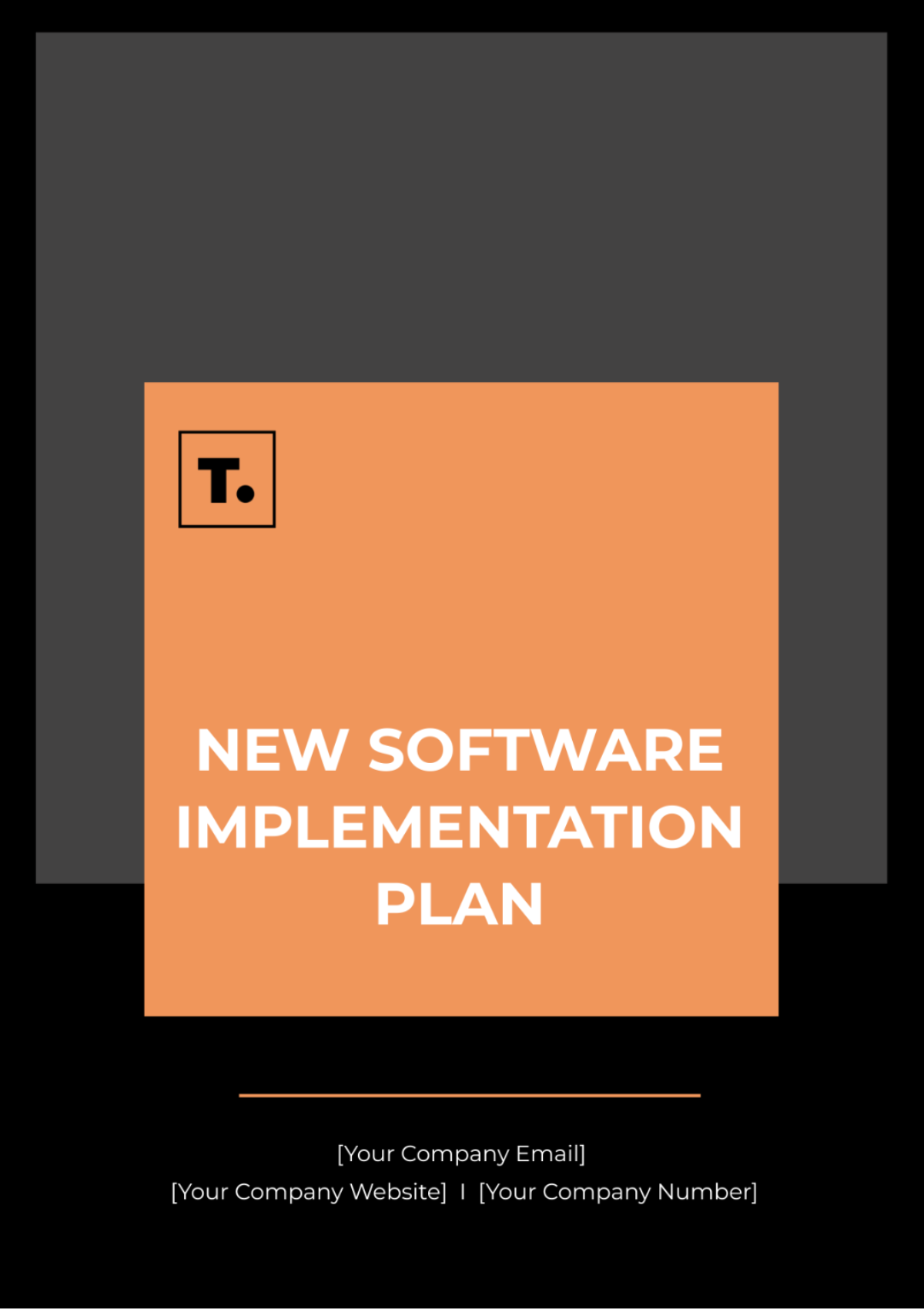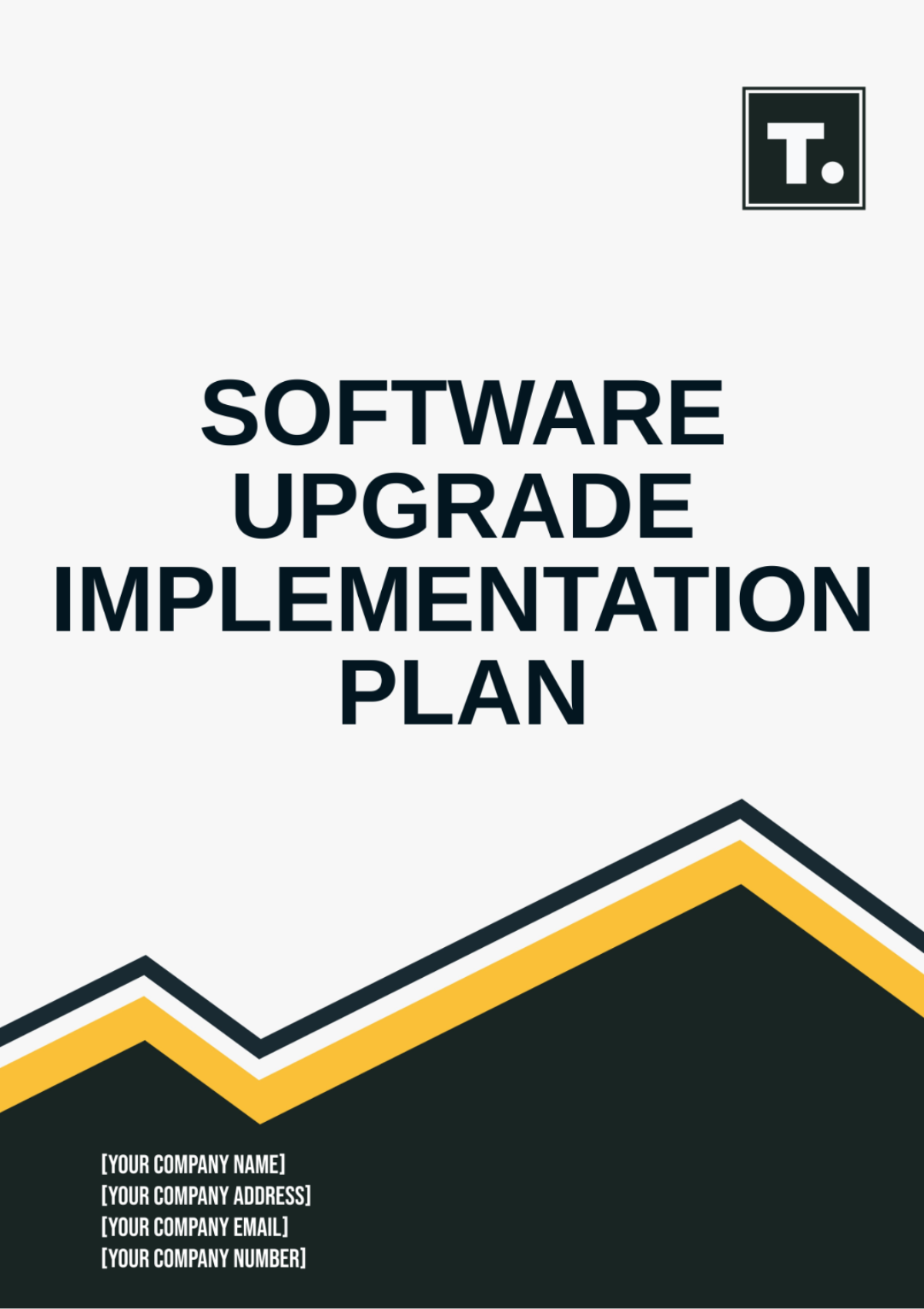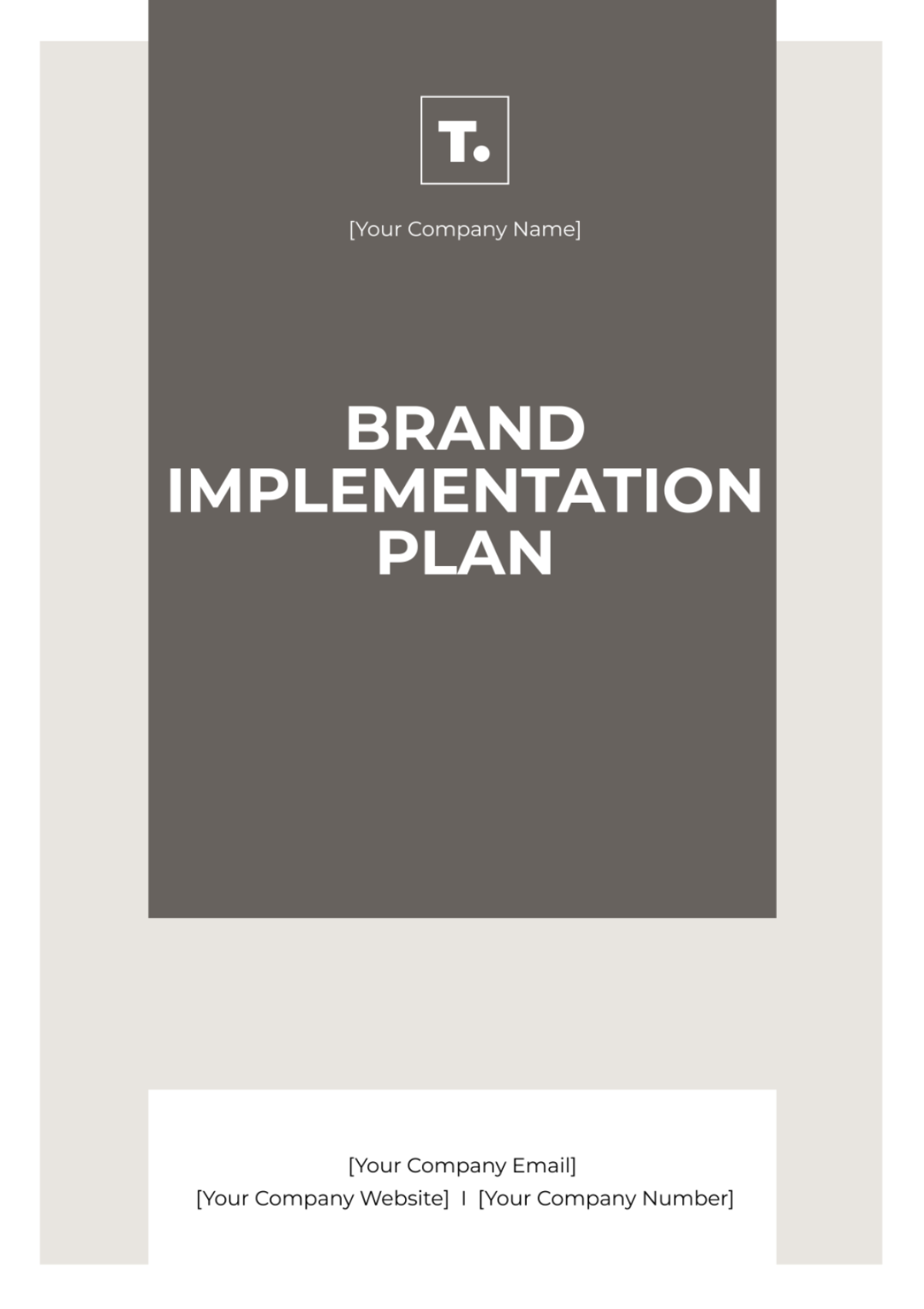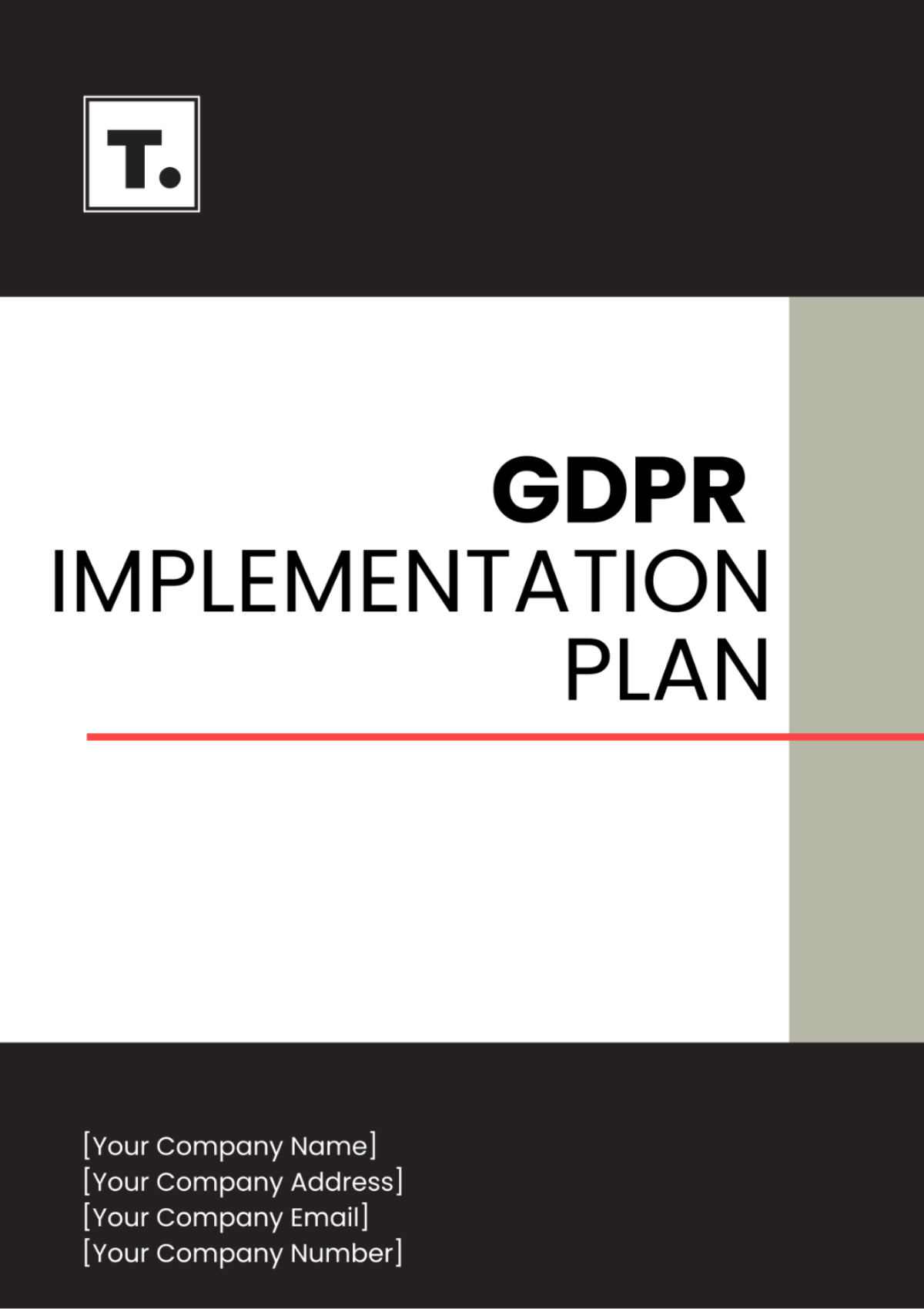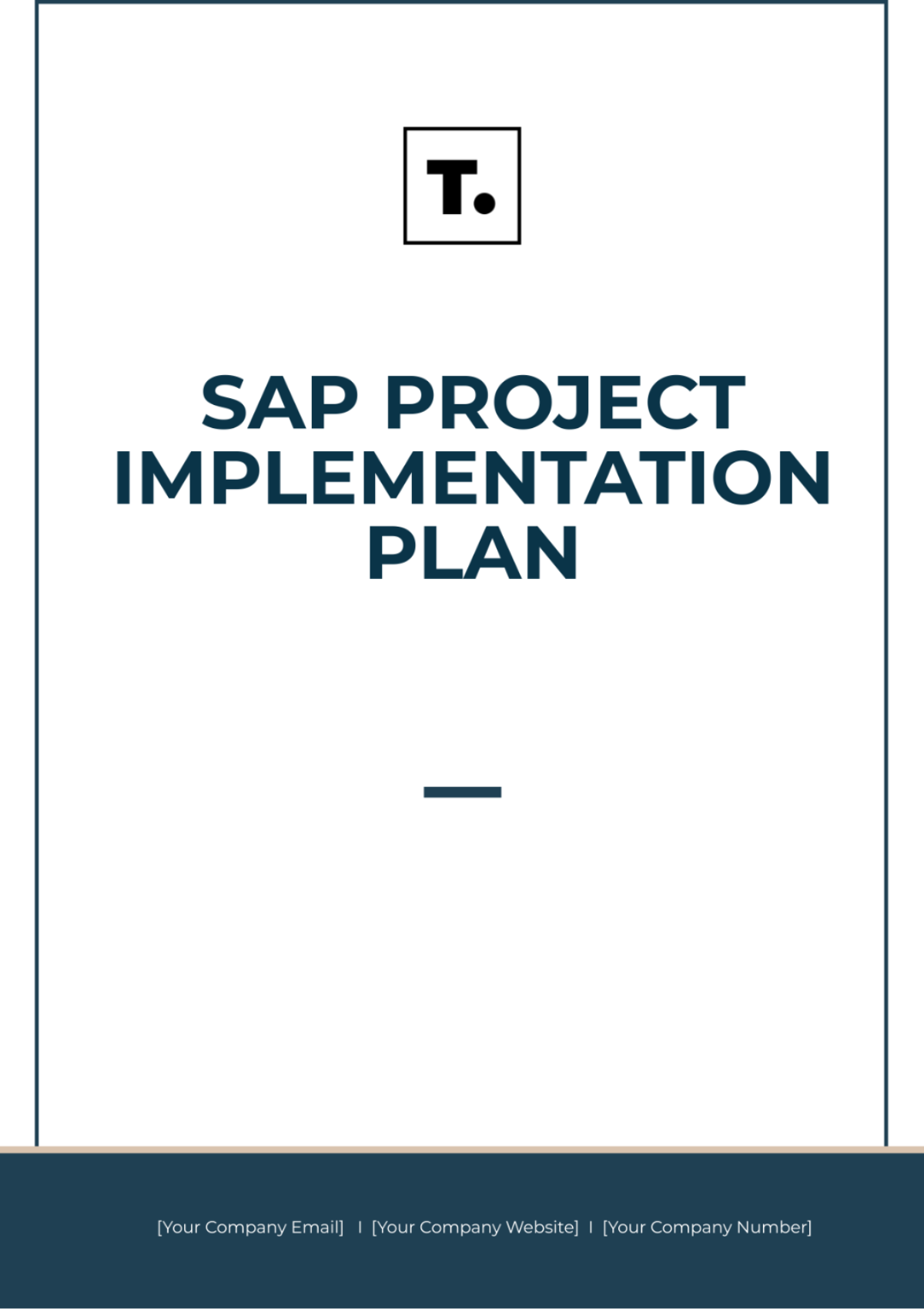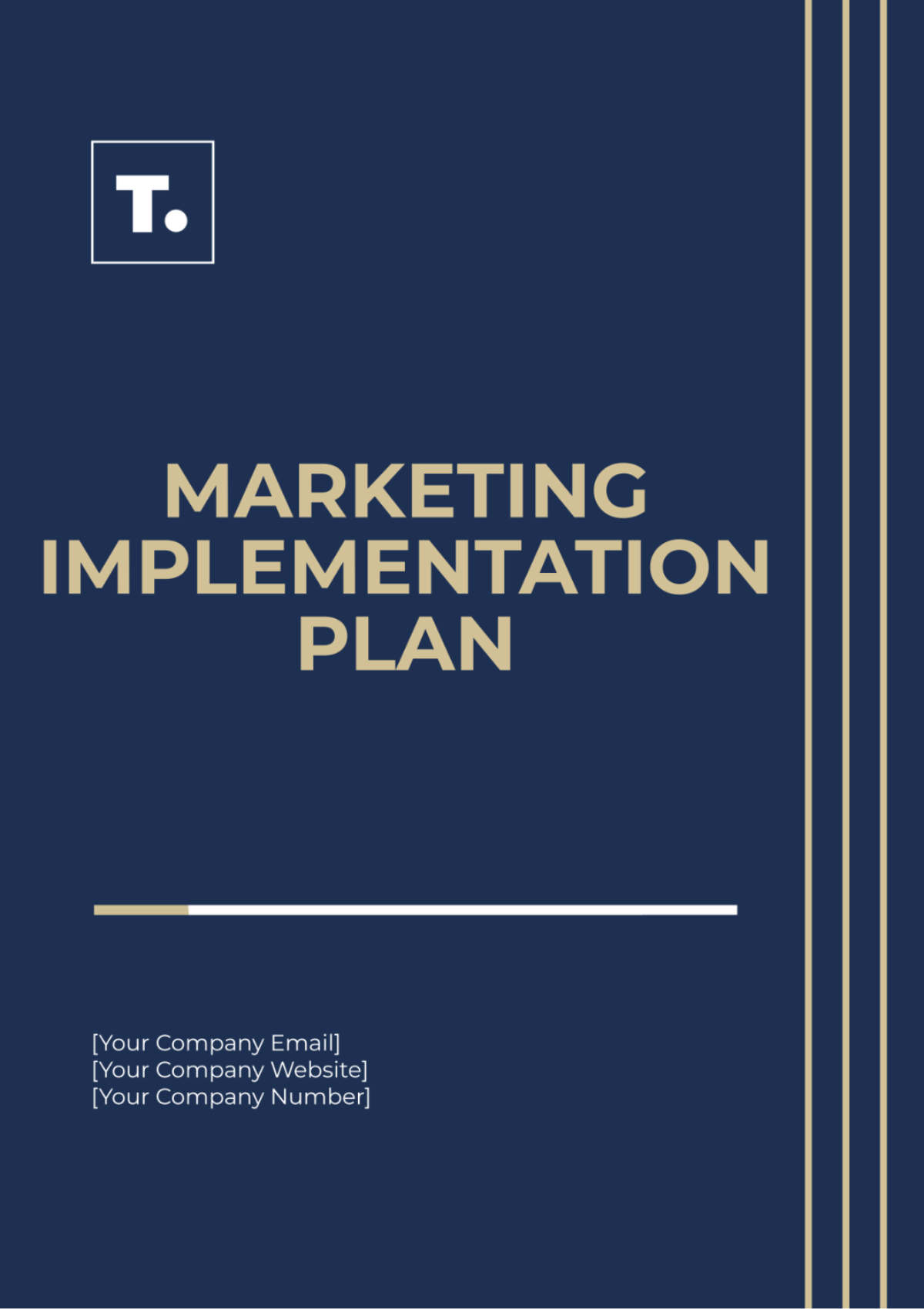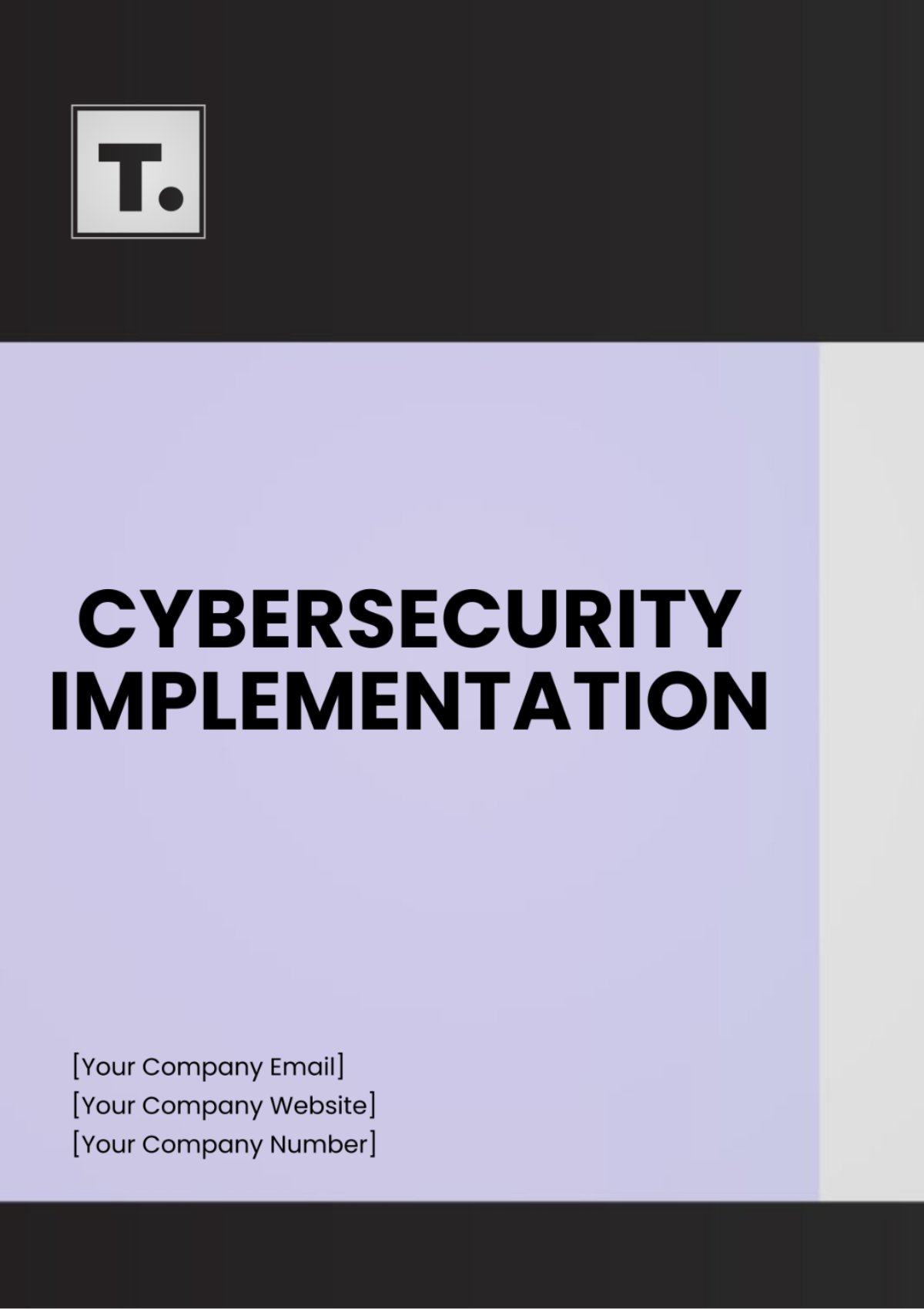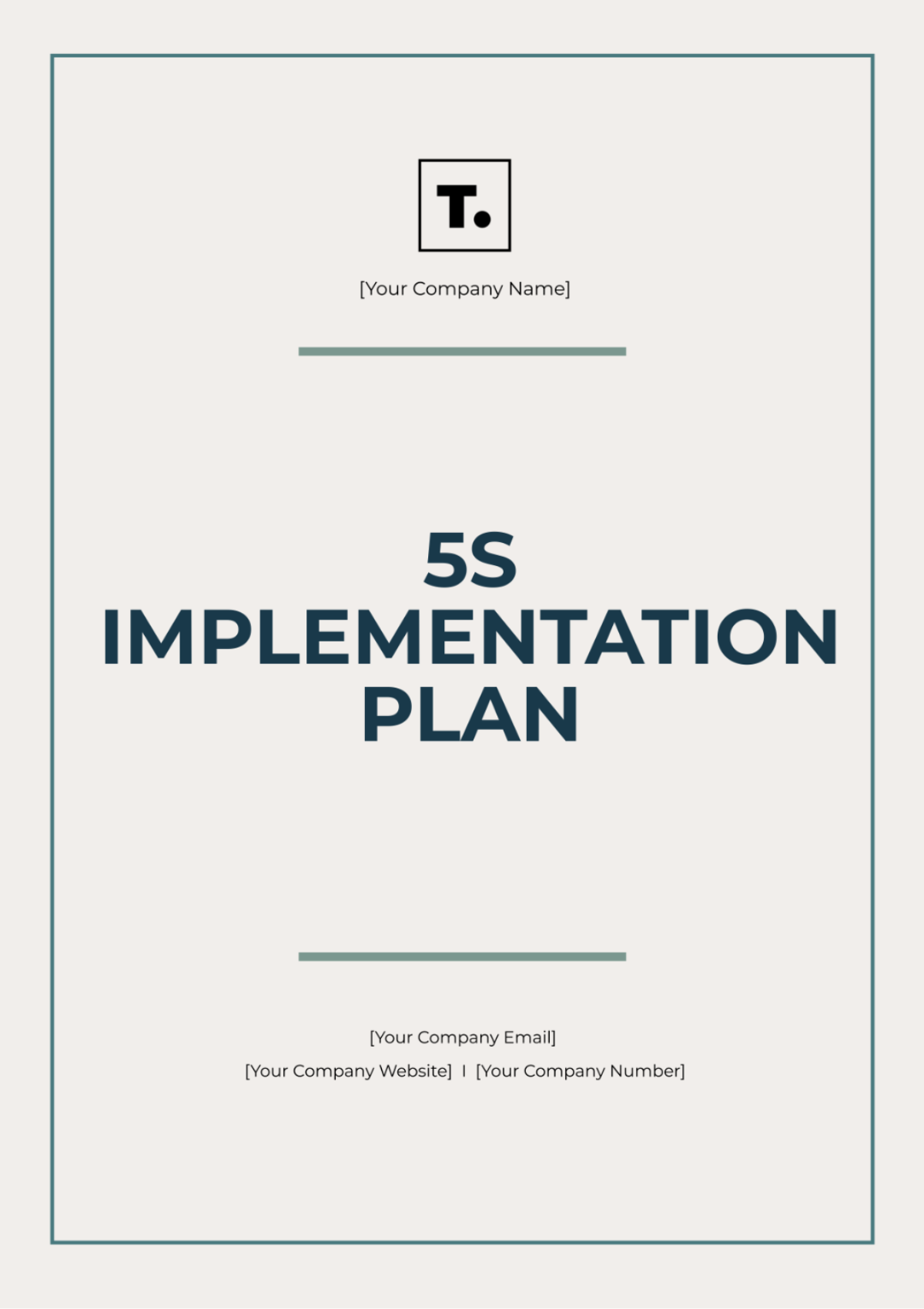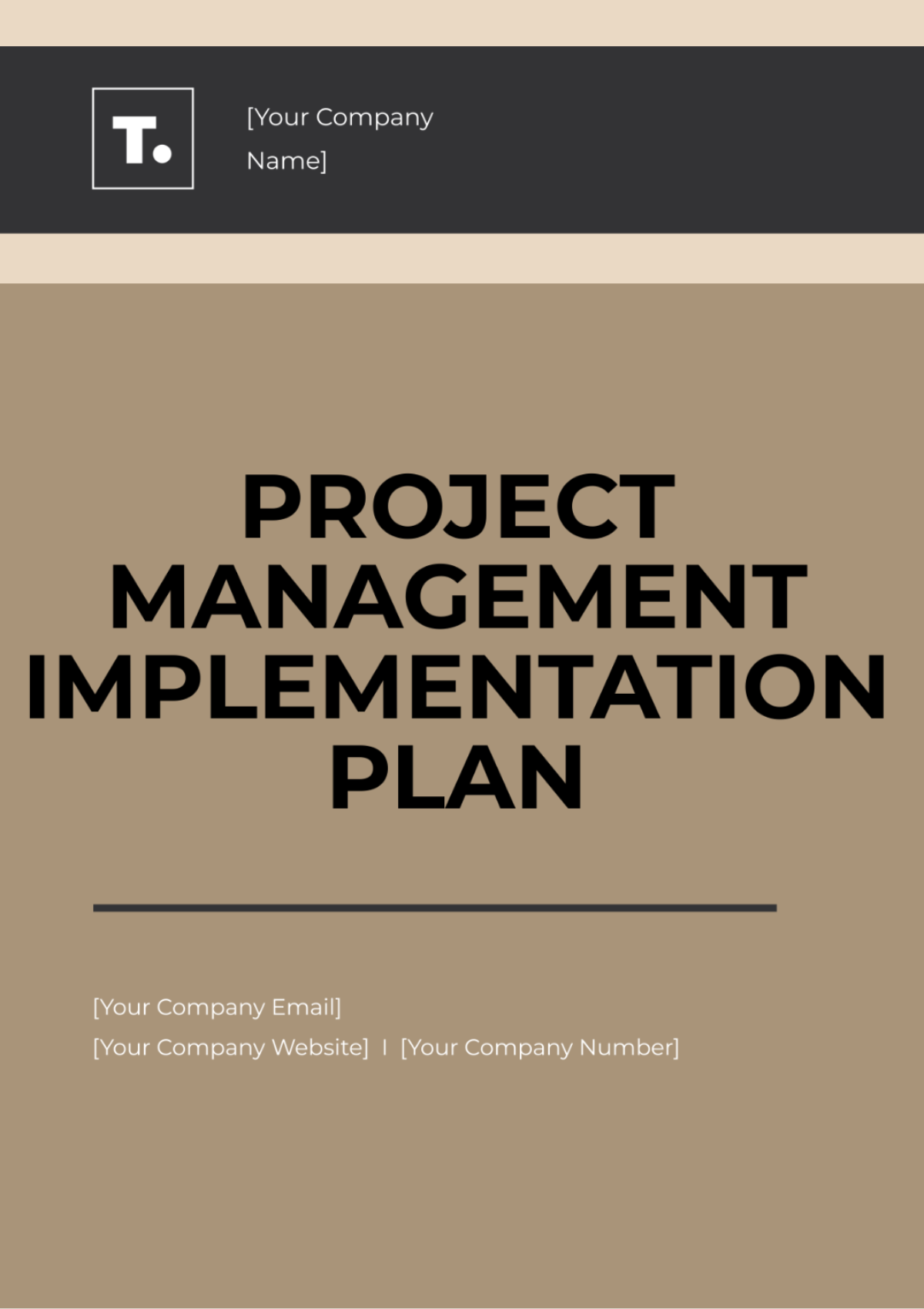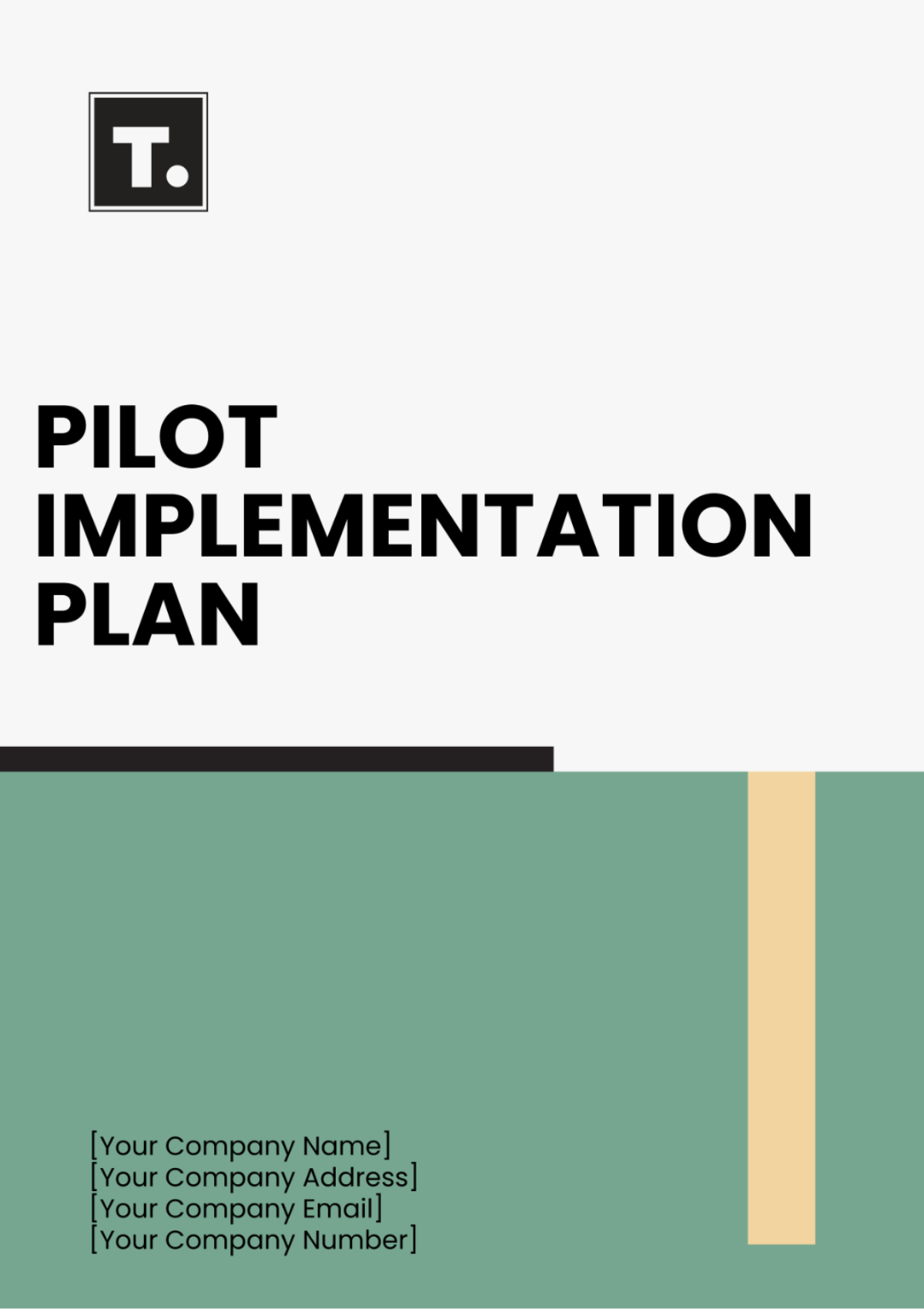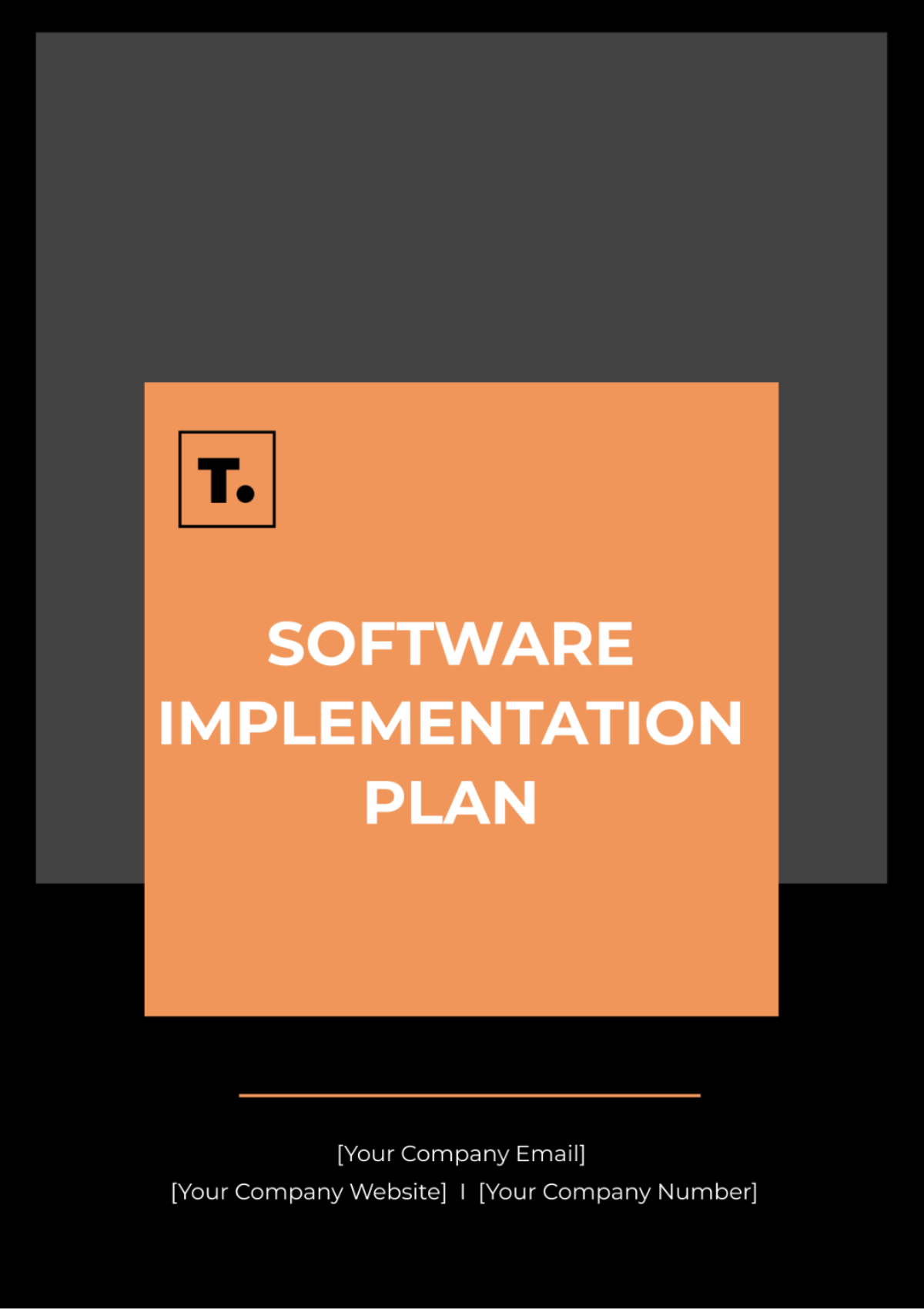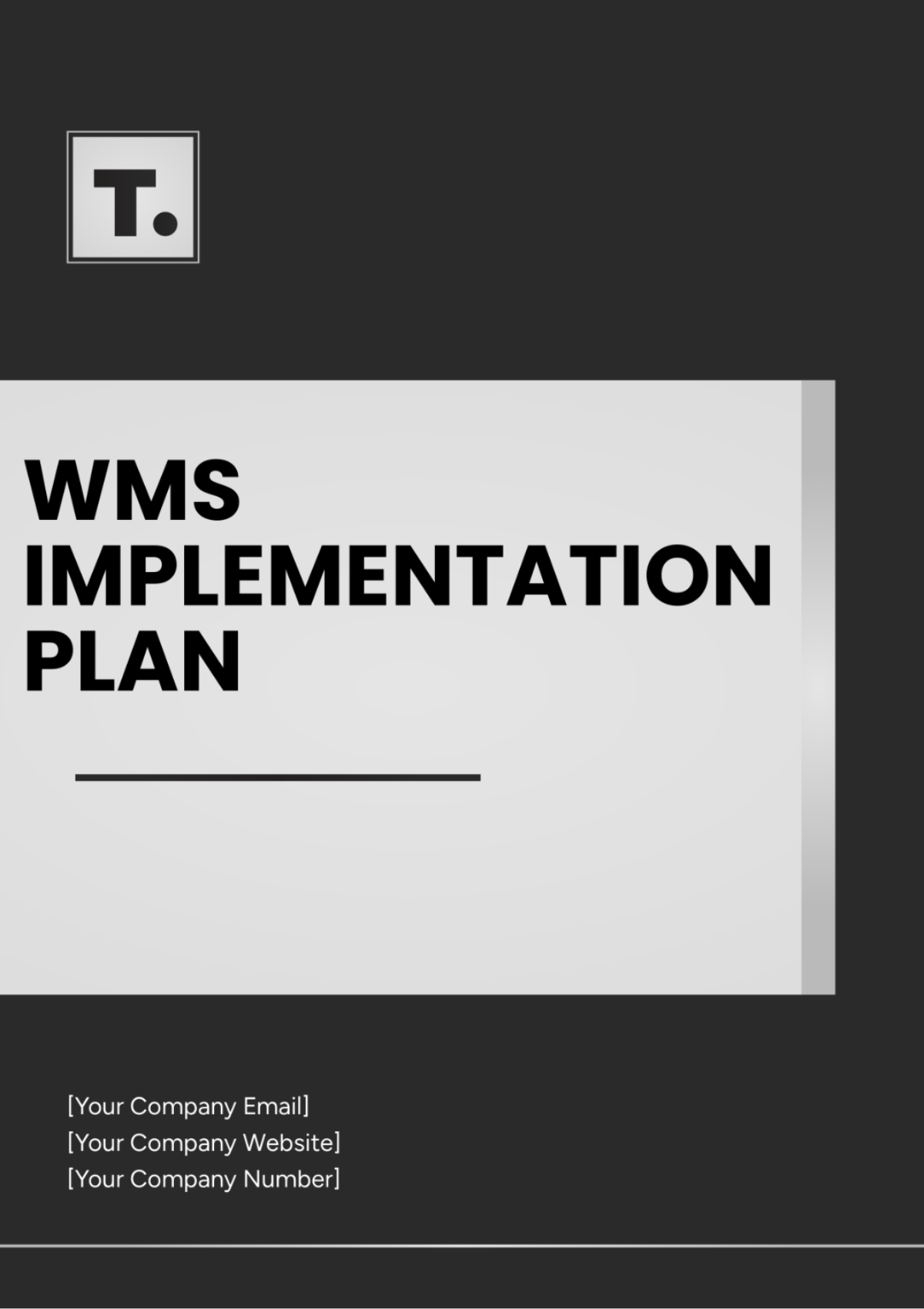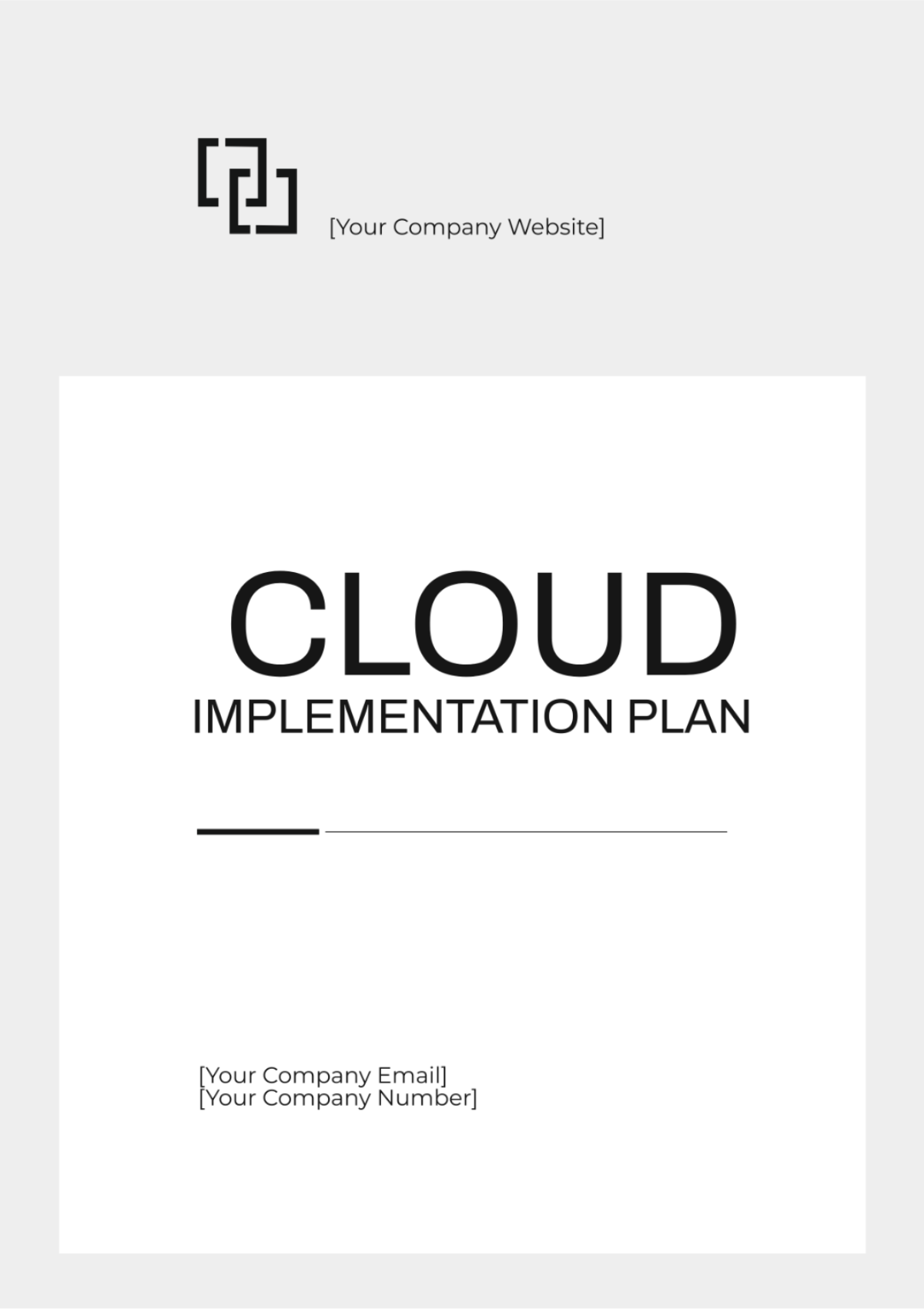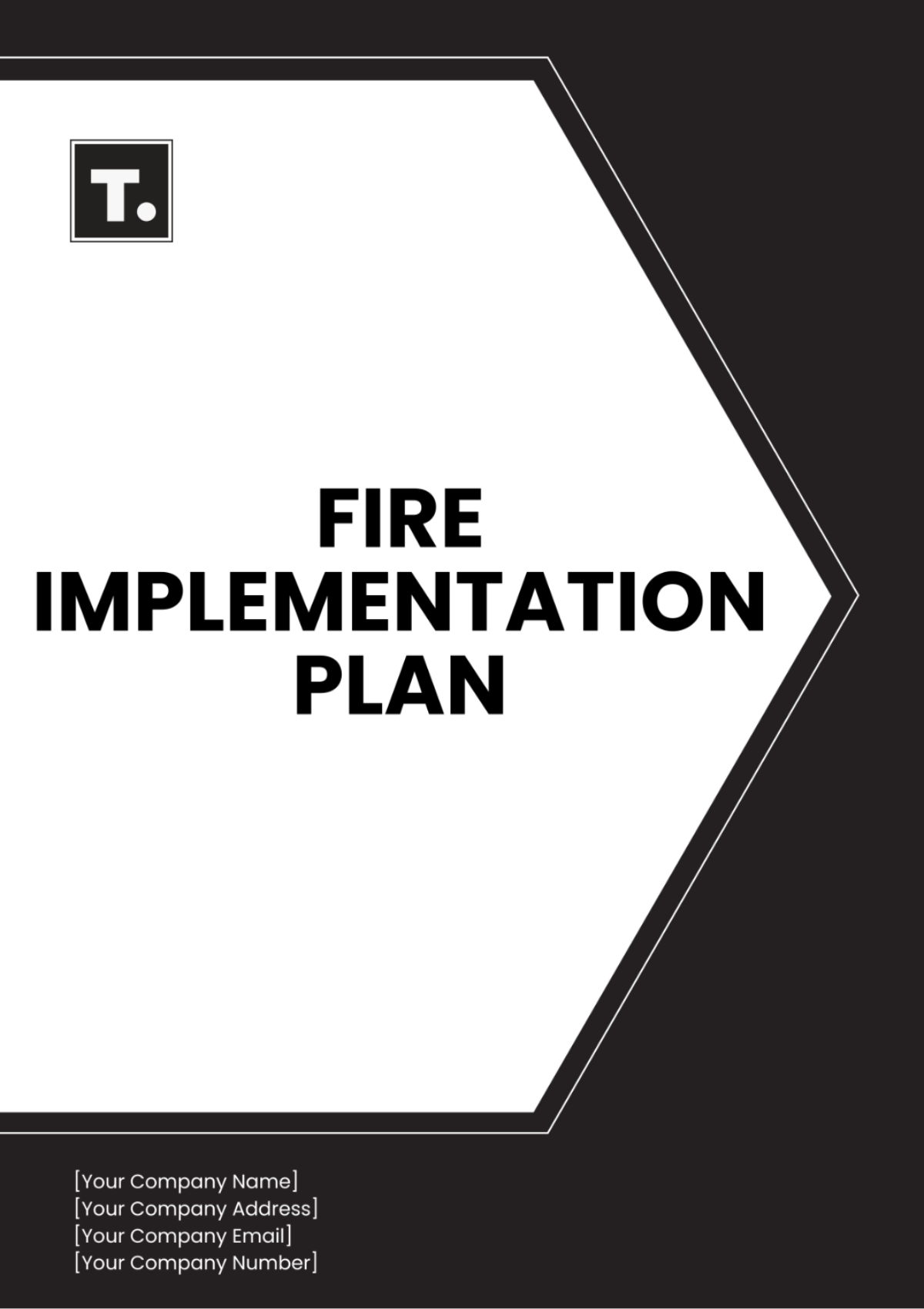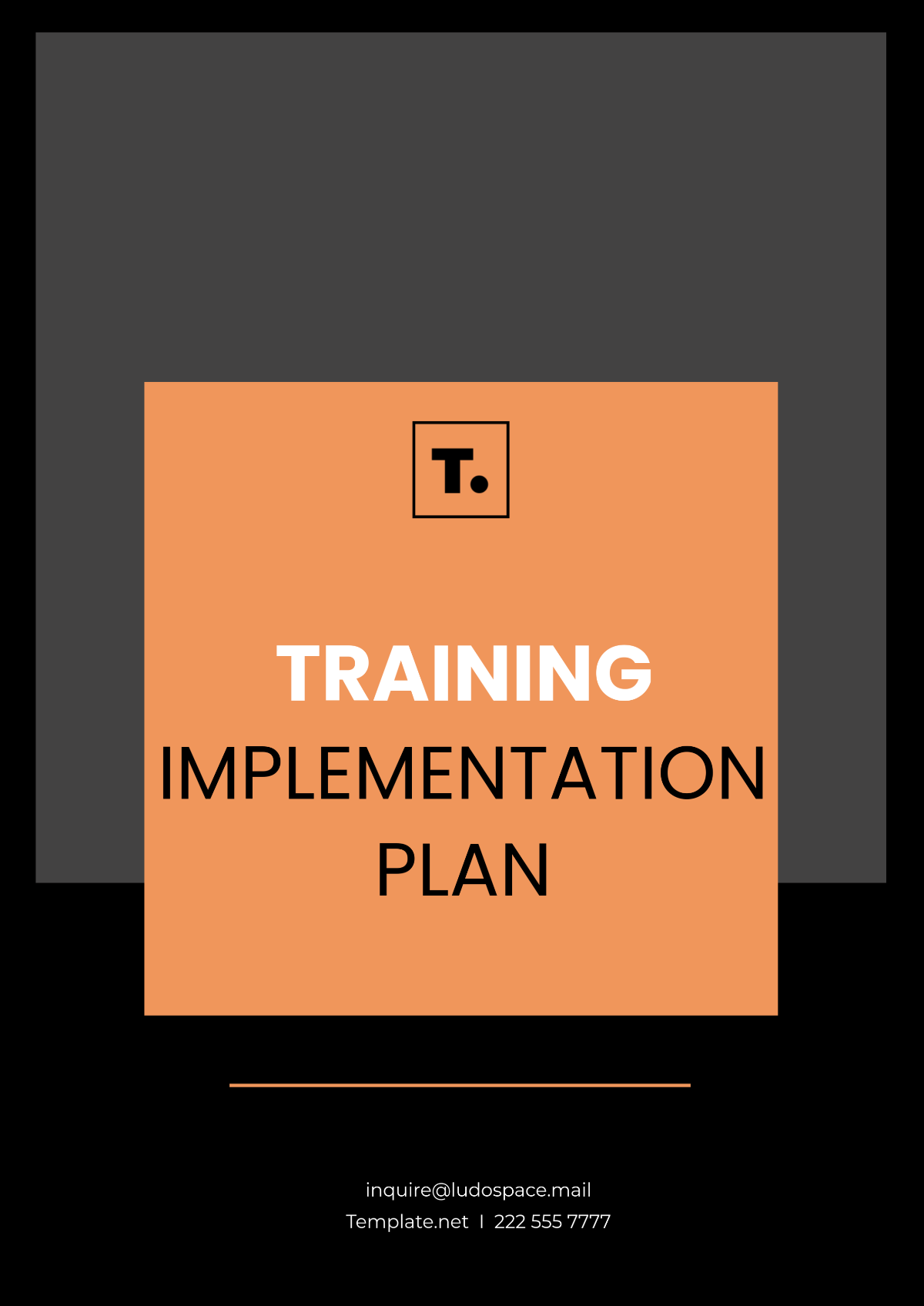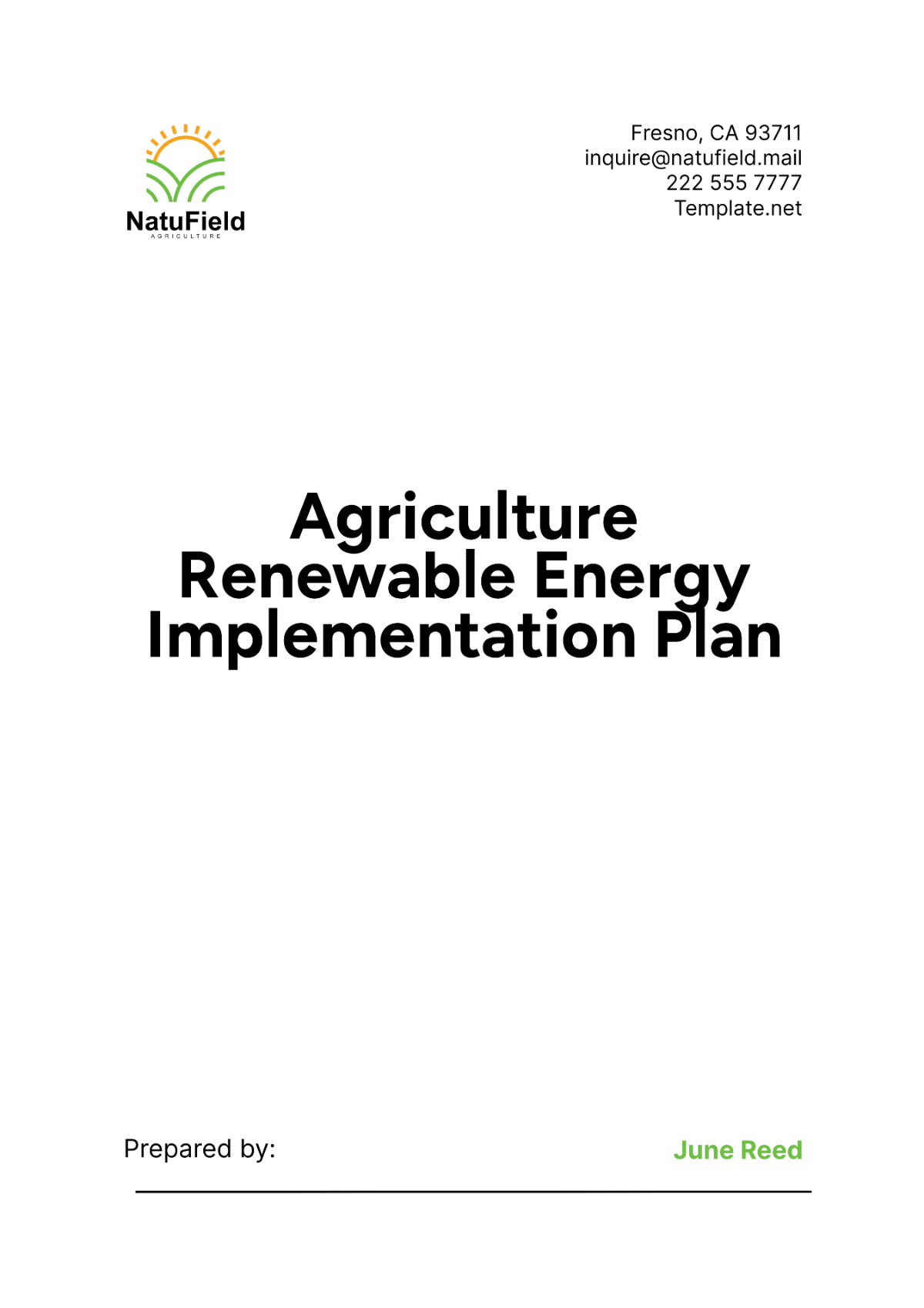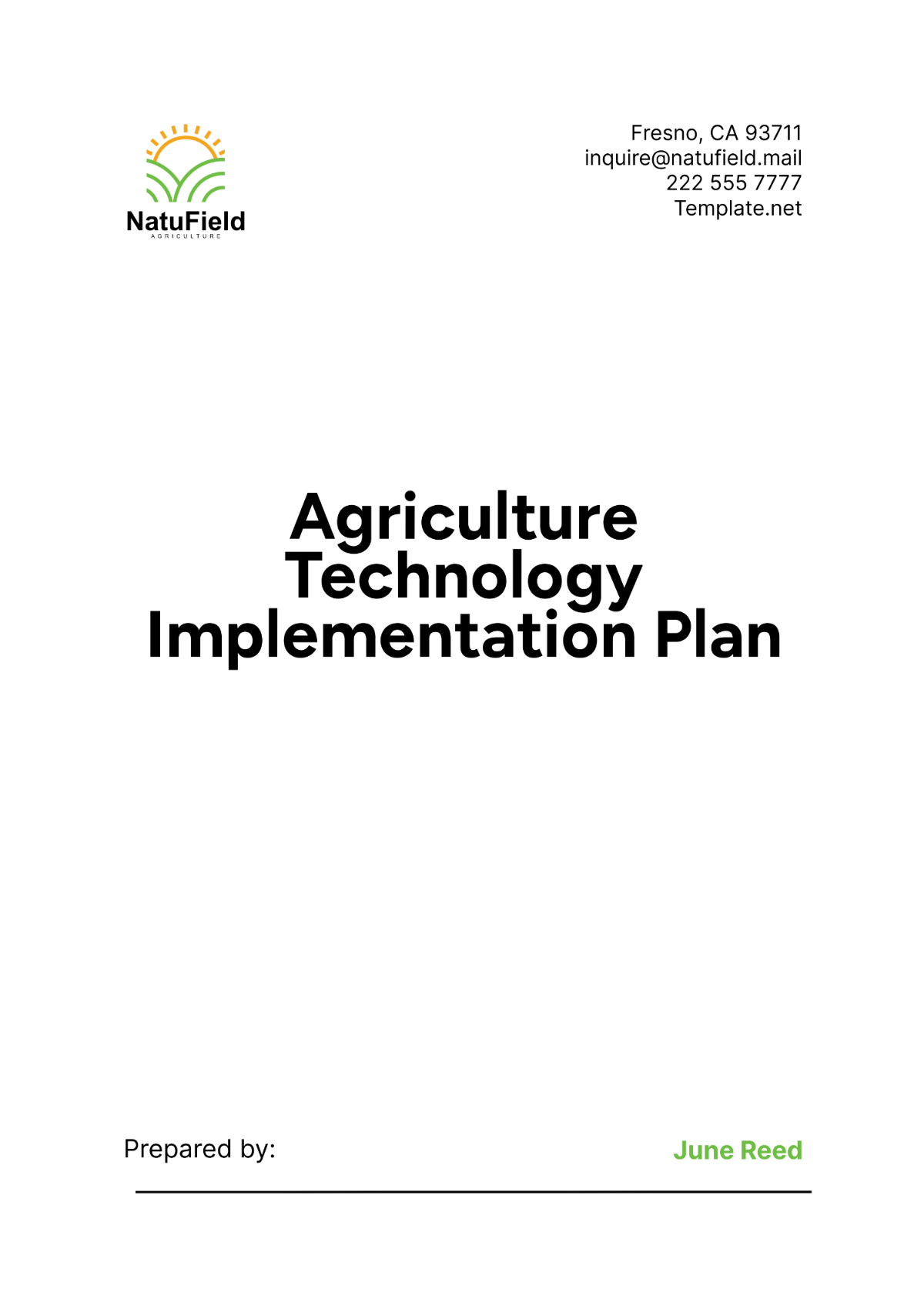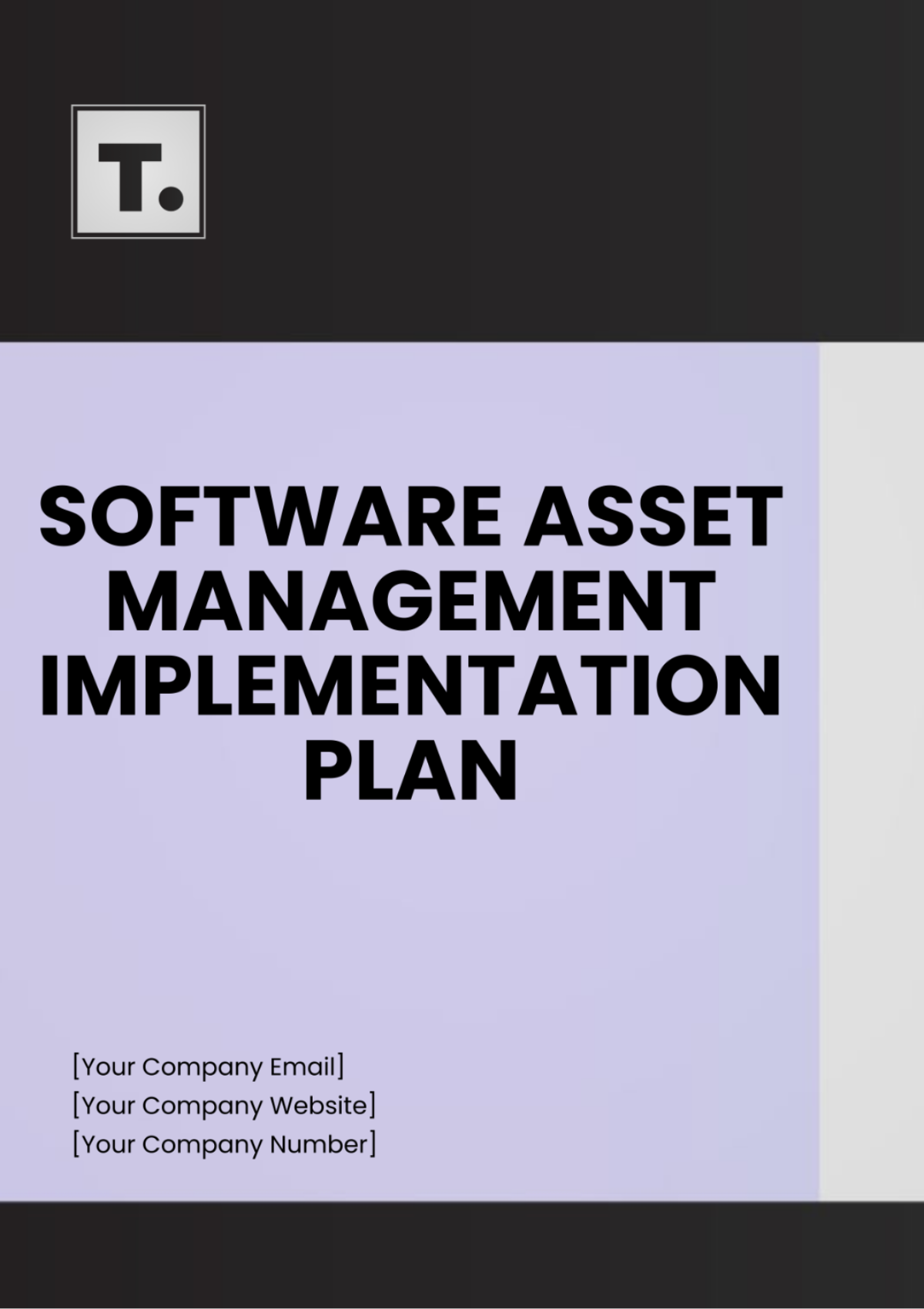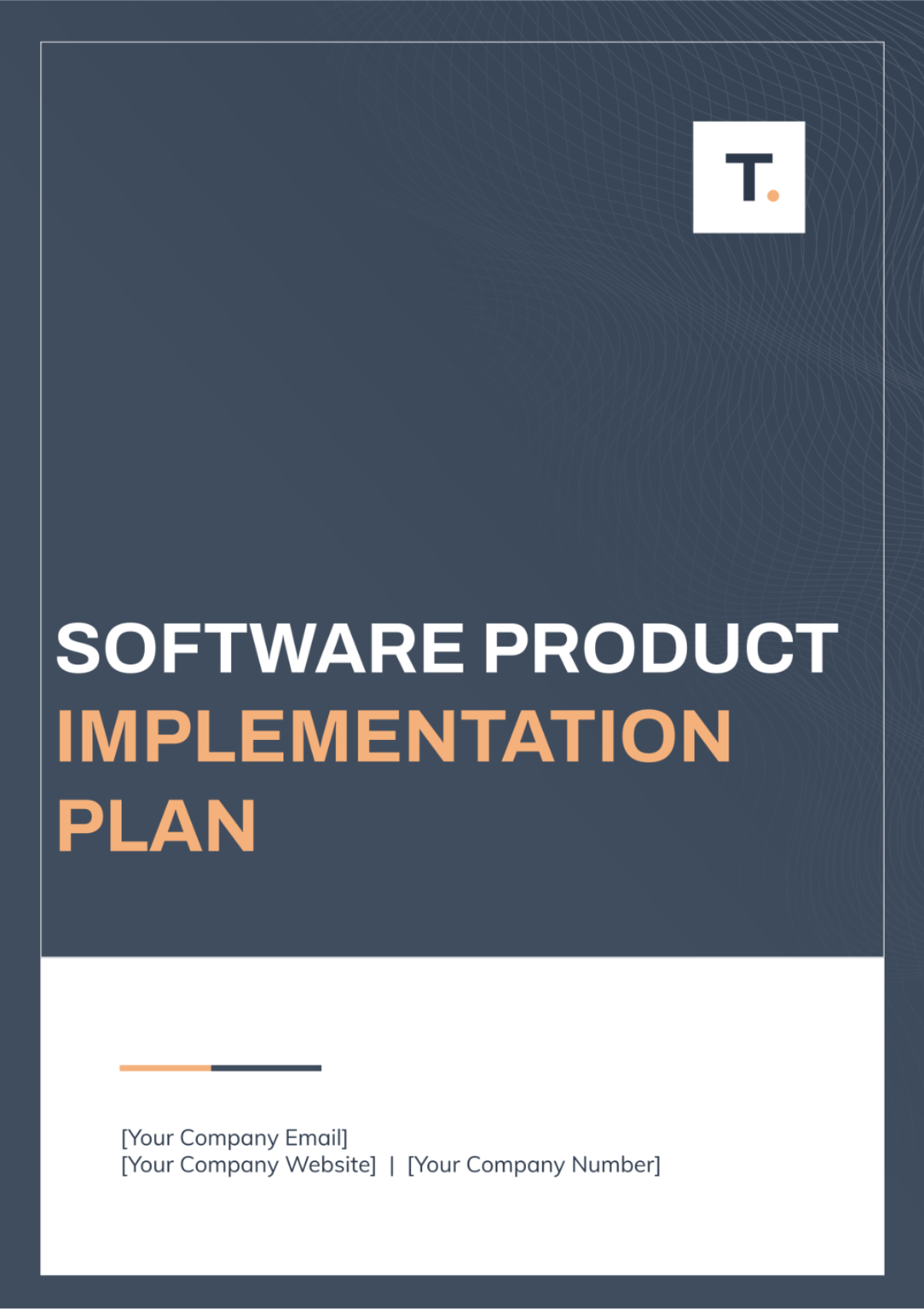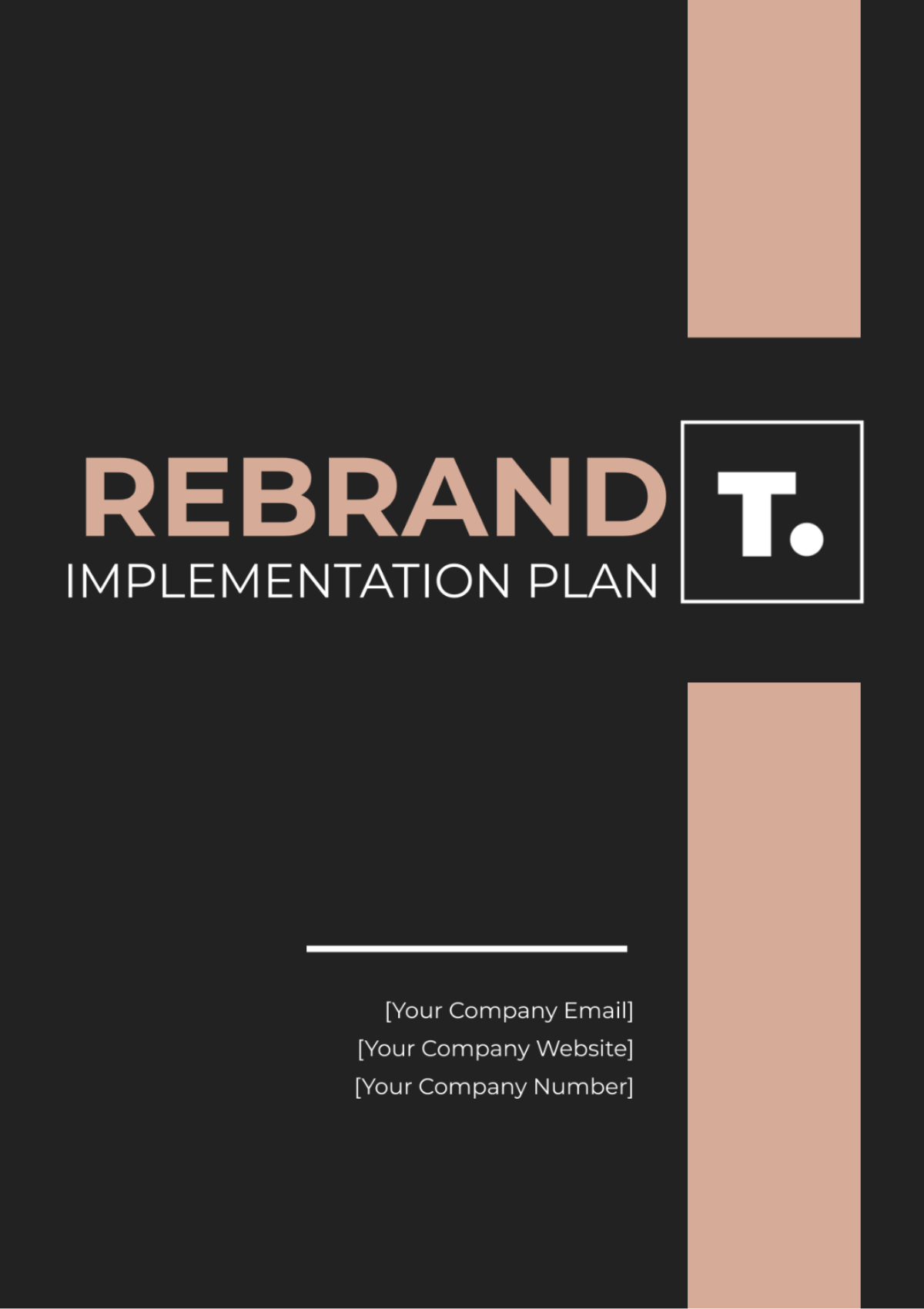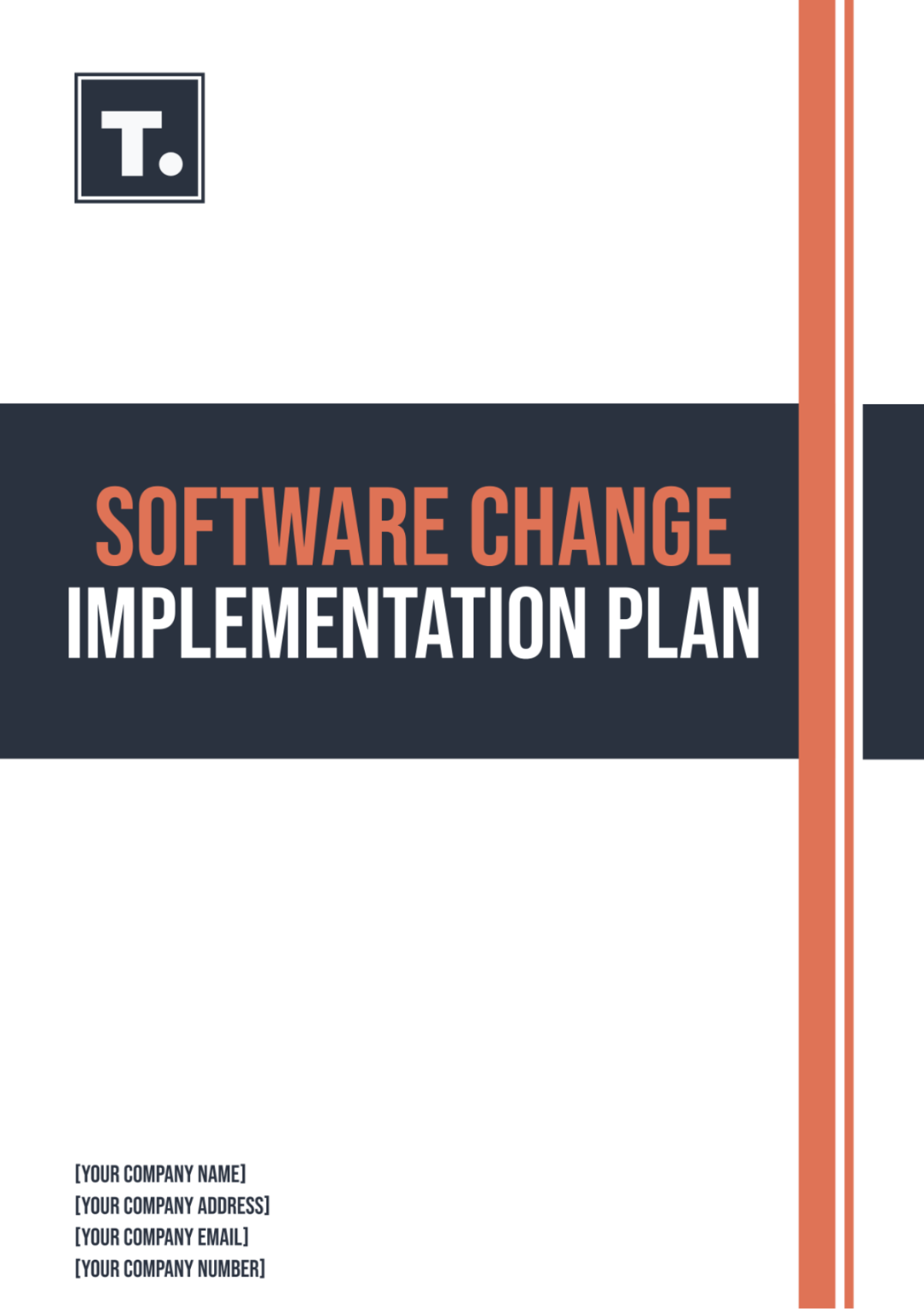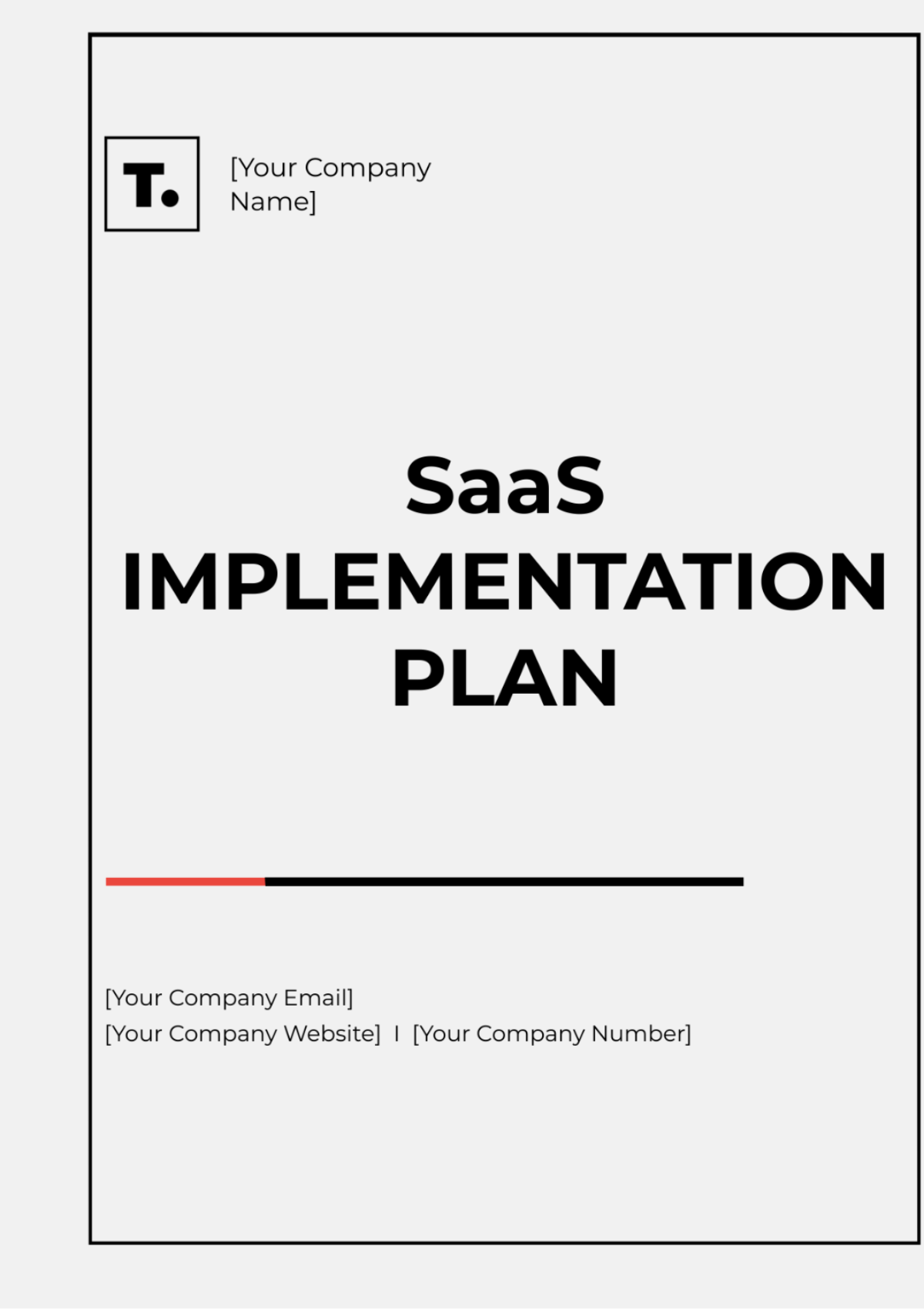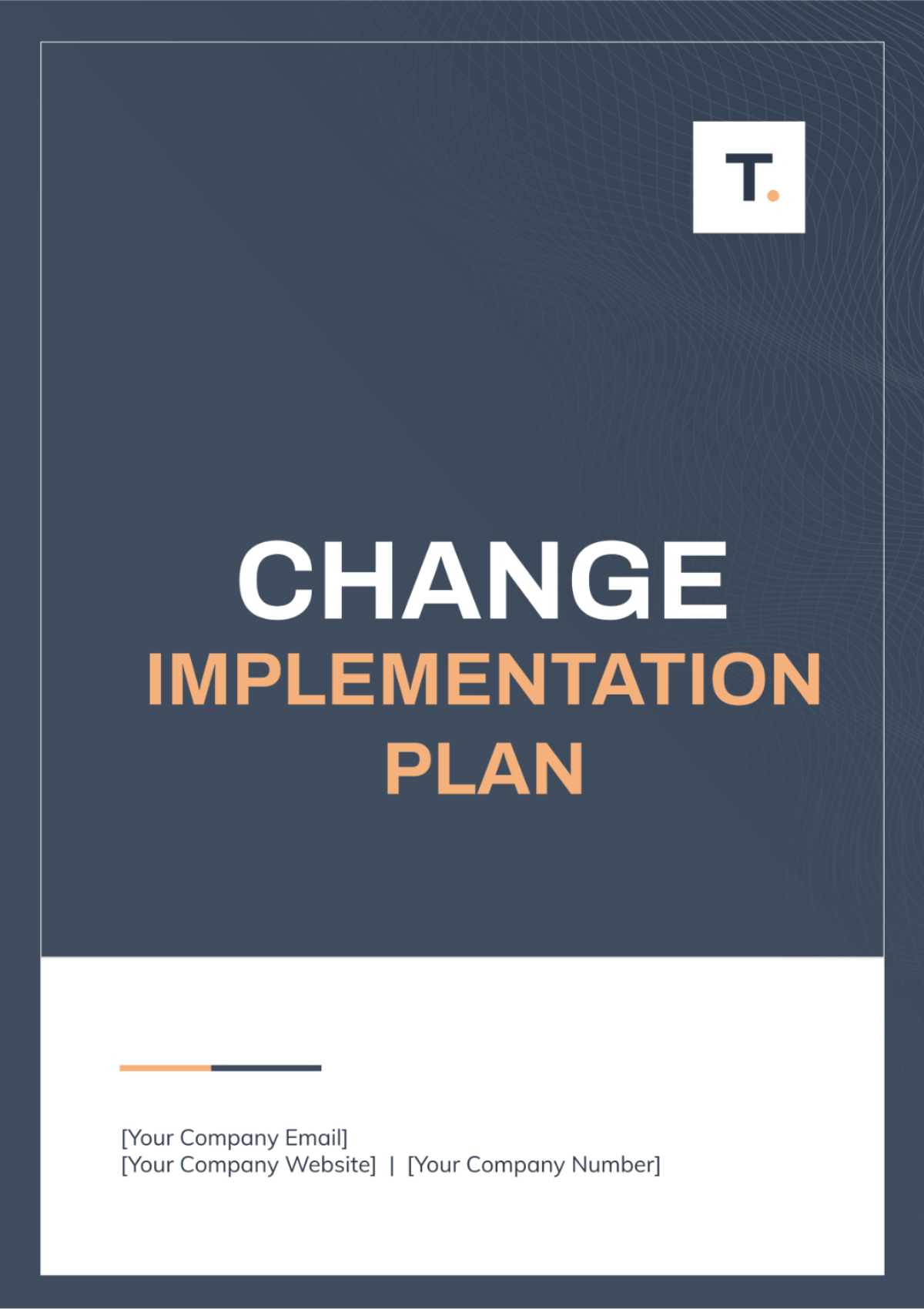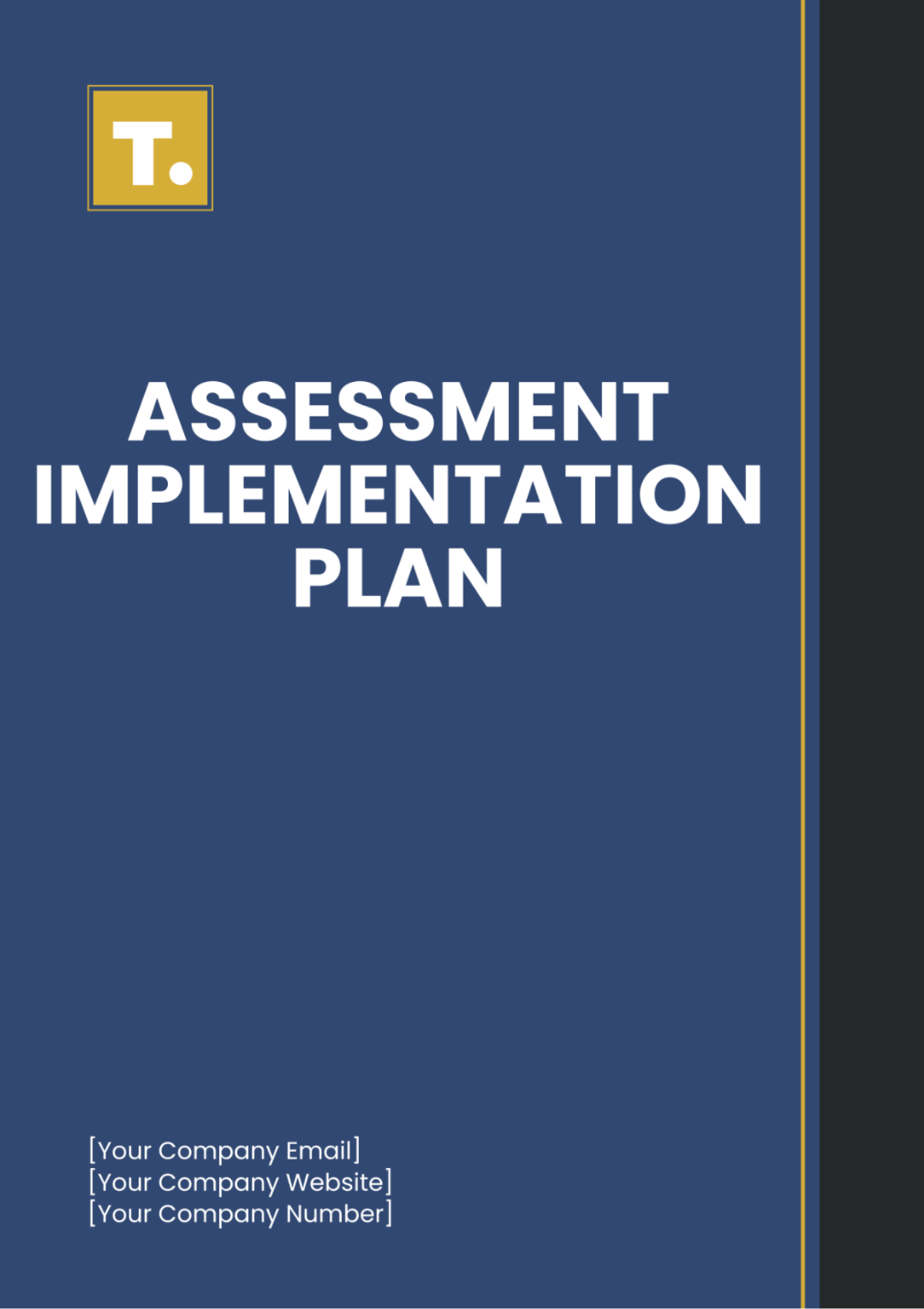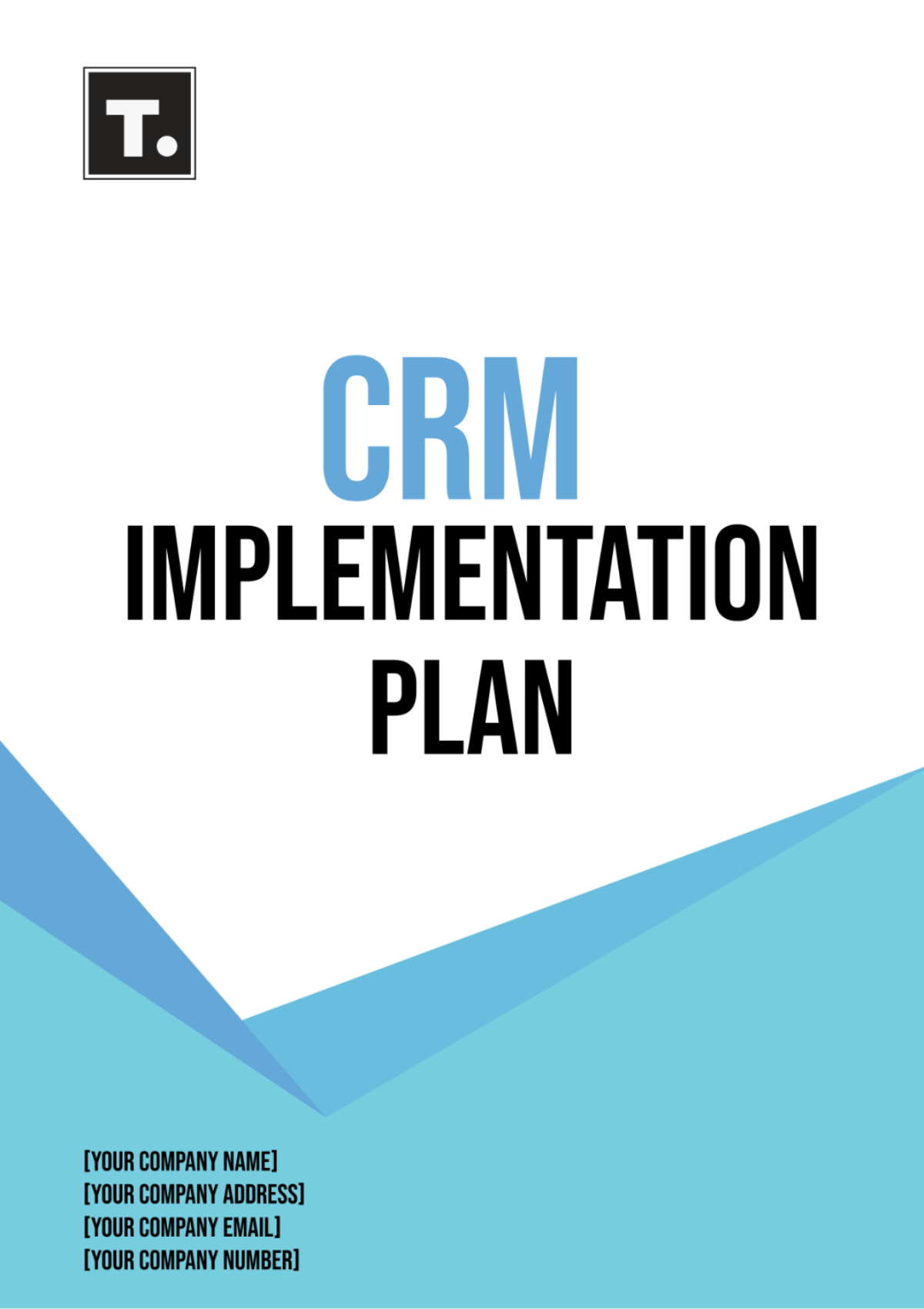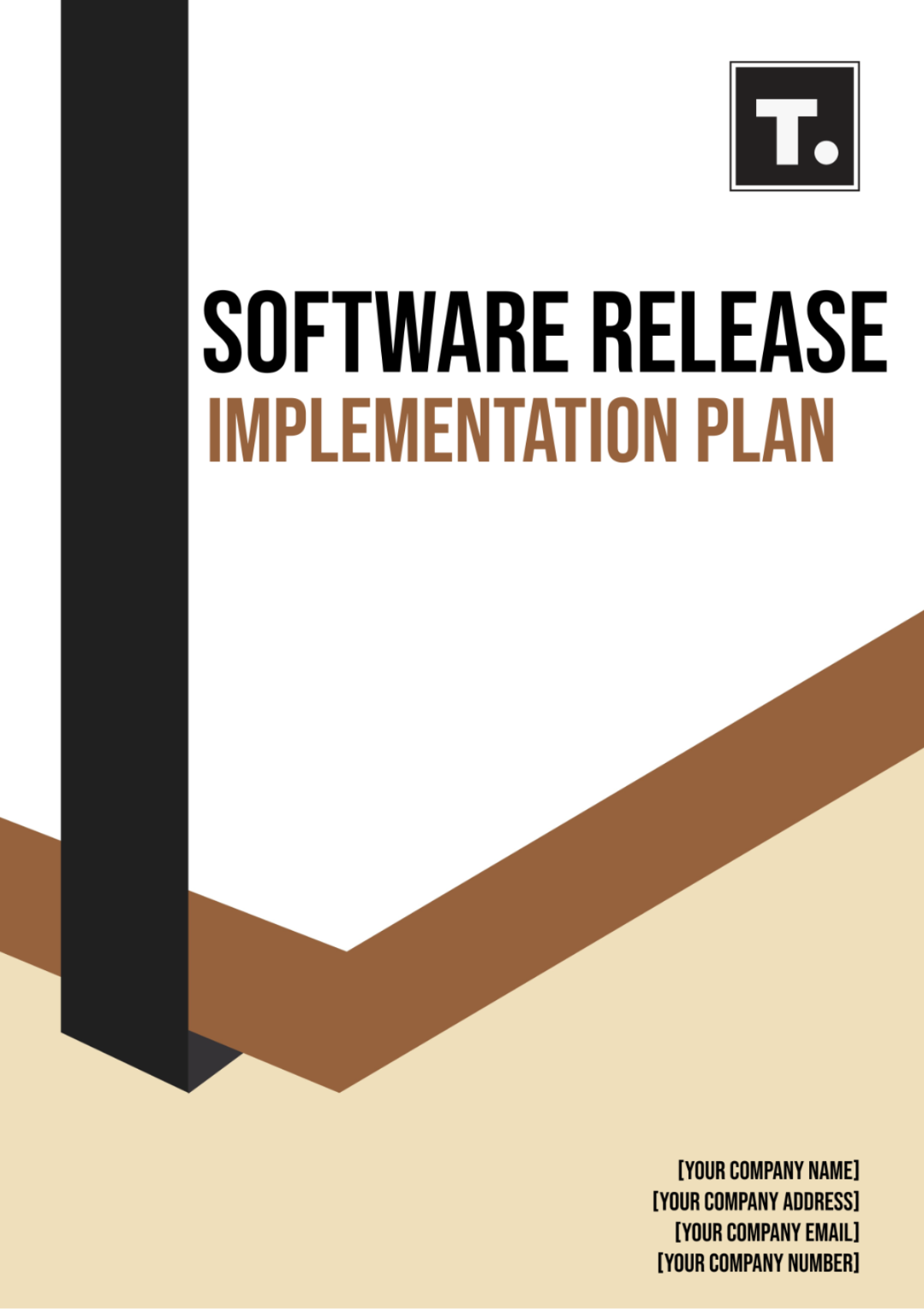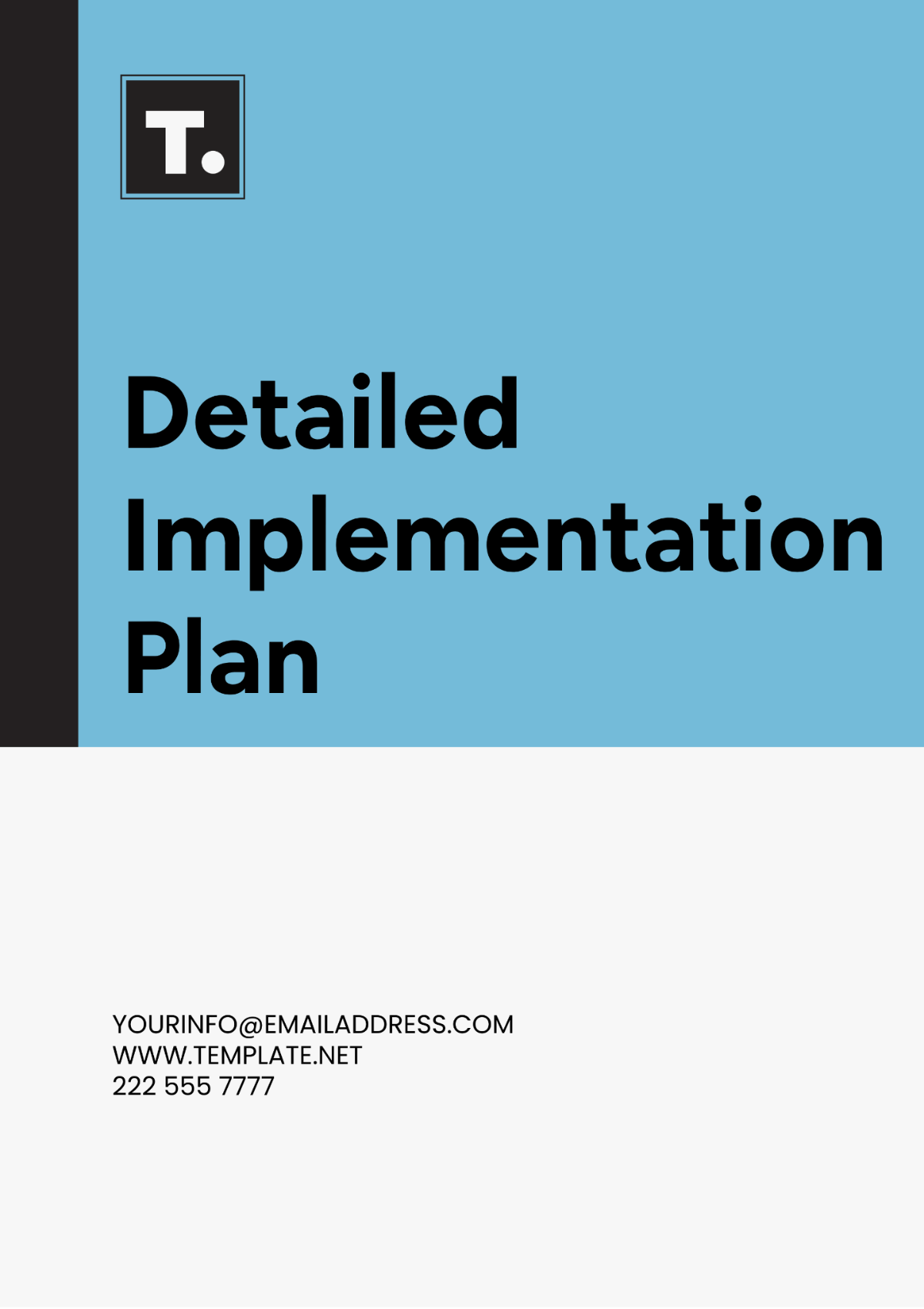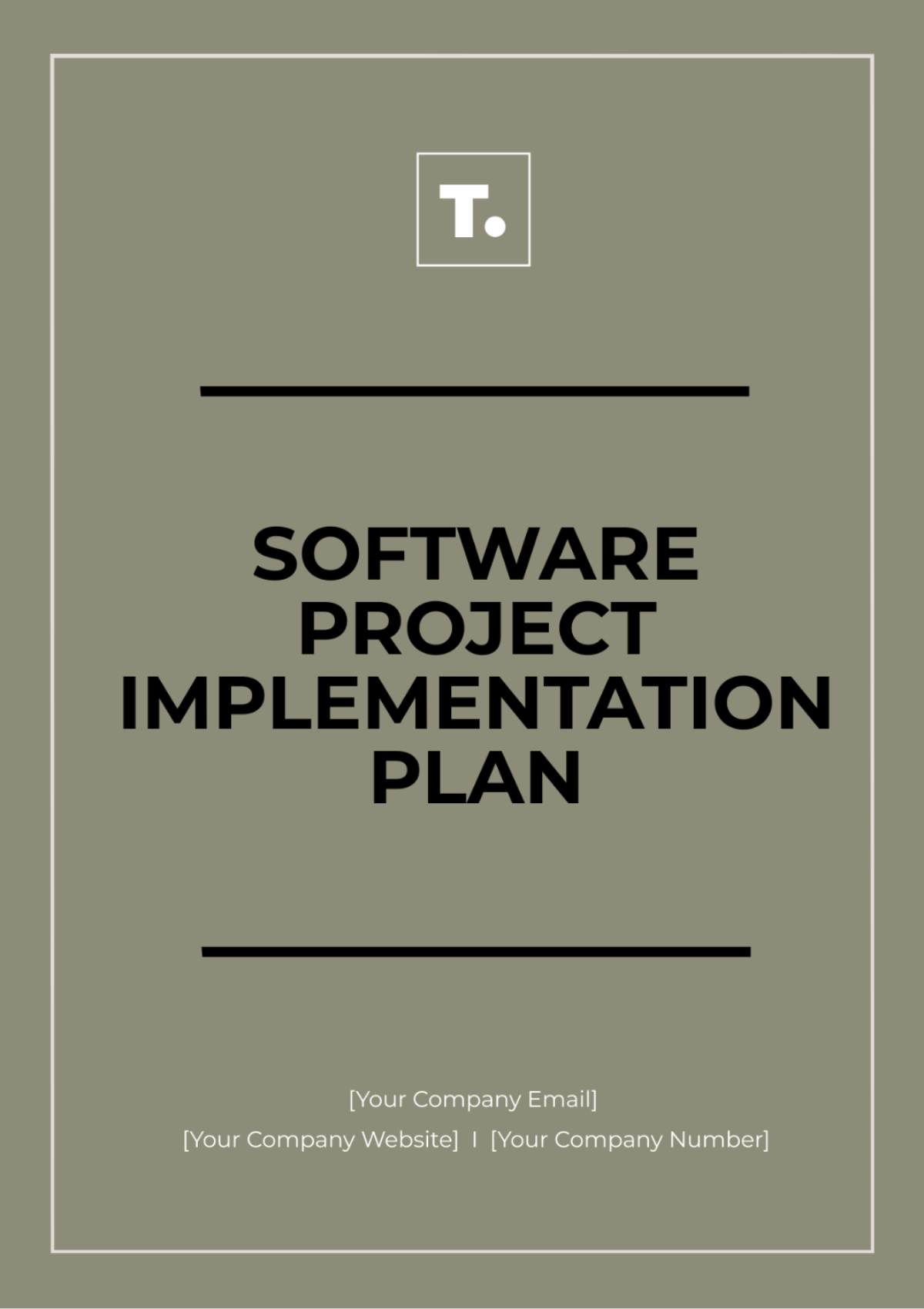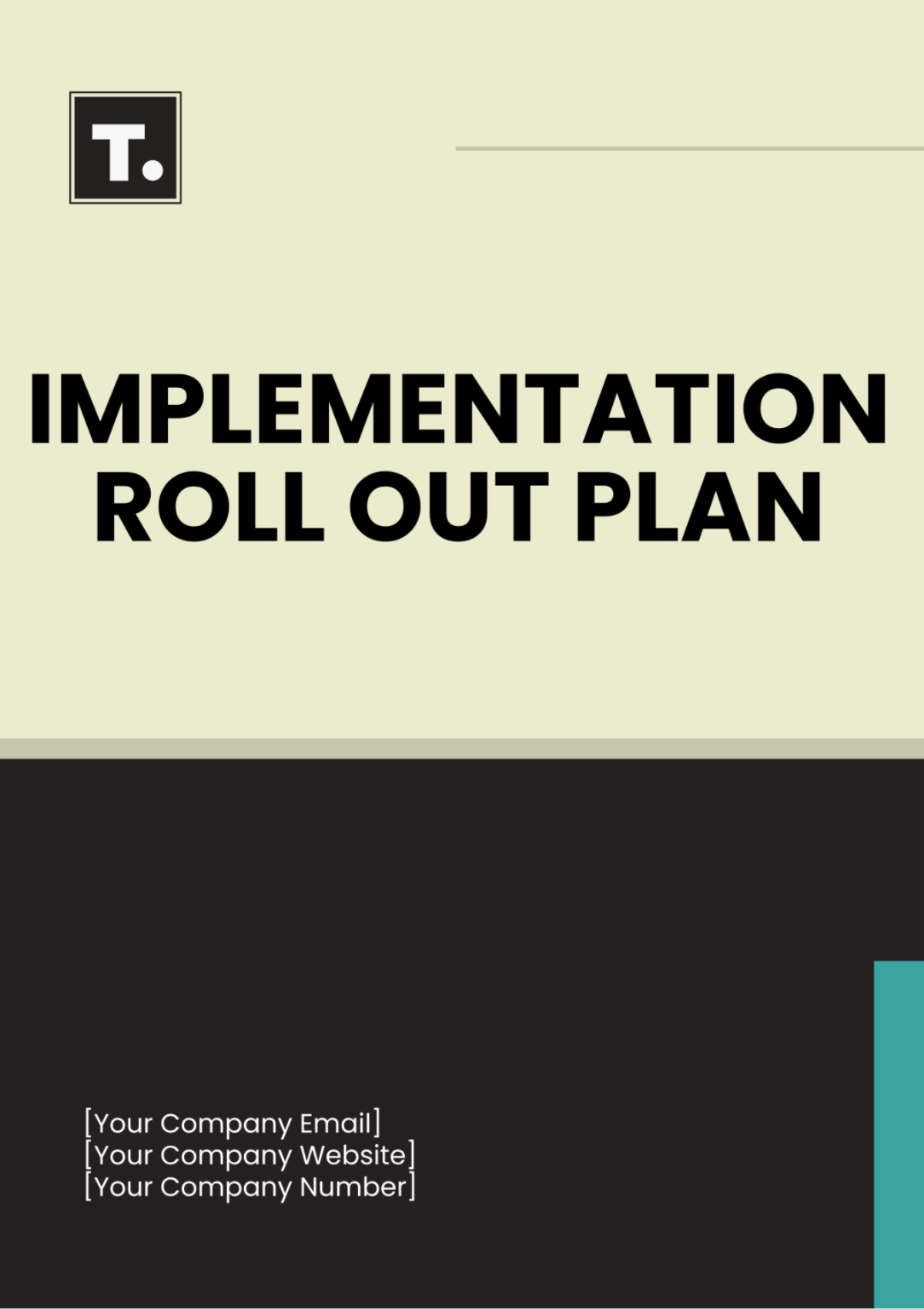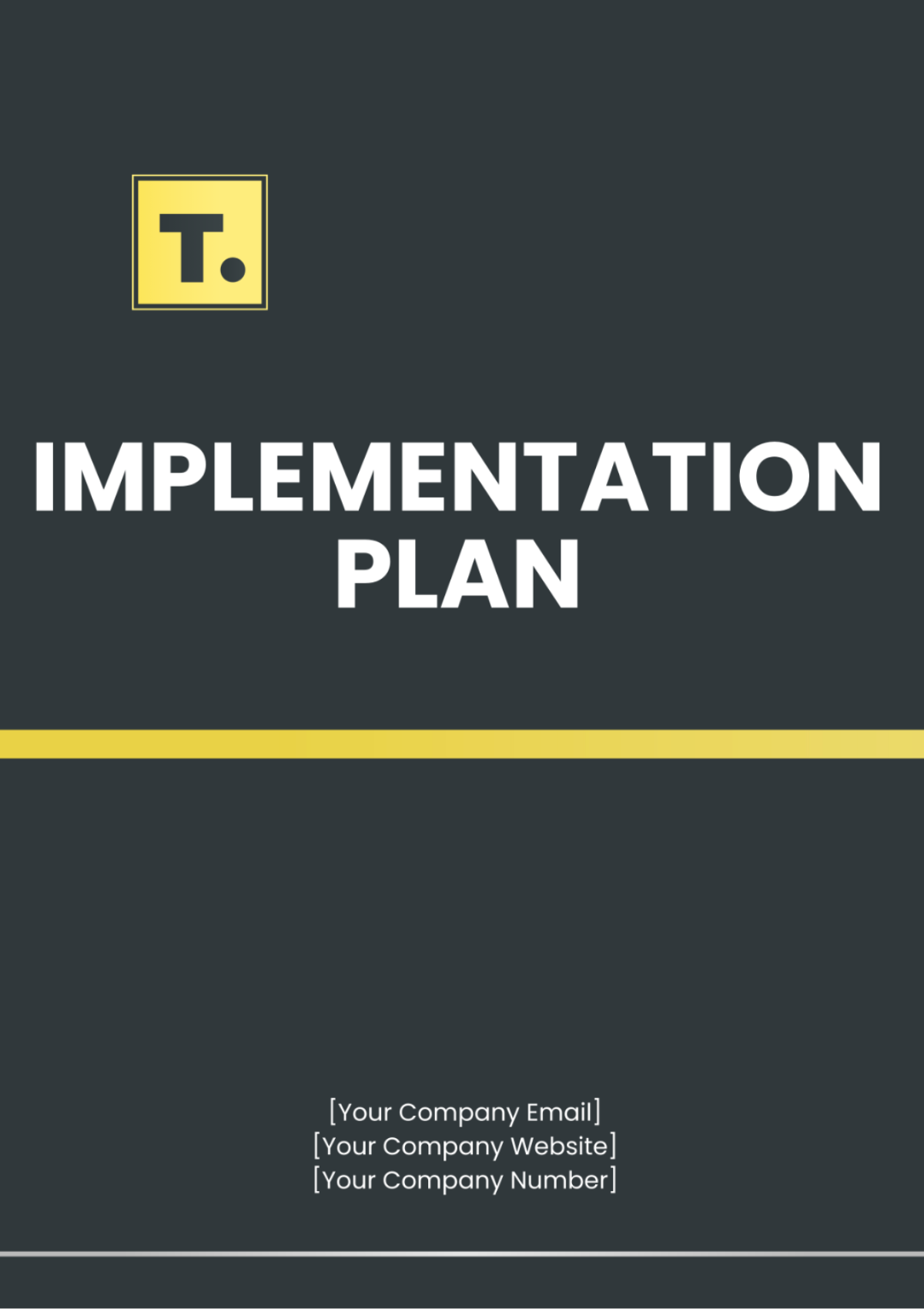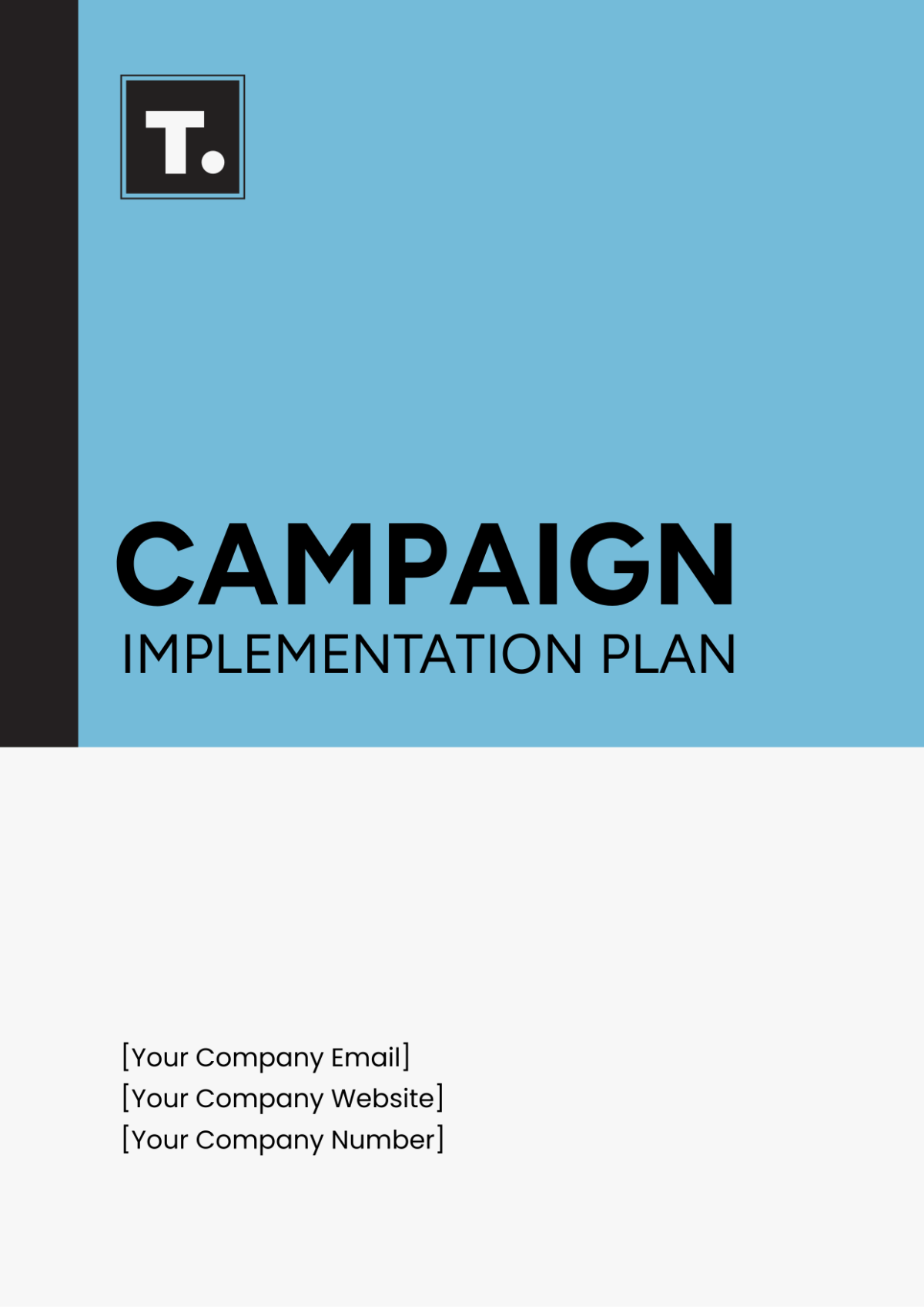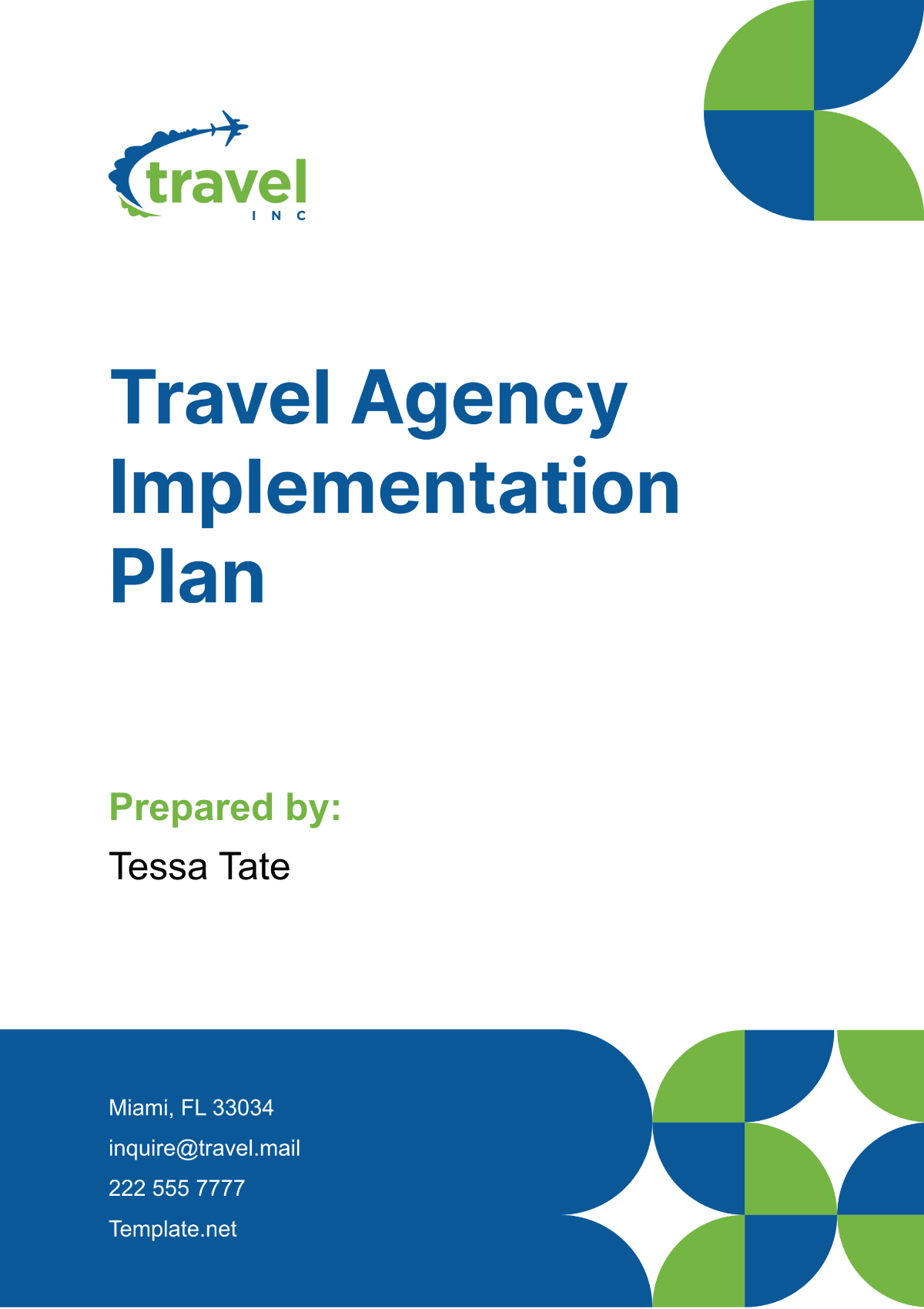Software Change Implementation Plan
Written by: [YOUR NAME]
I. Introduction
[YOUR COMPANY NAME] is committed to making efficient and impactful software changes that align with our strategic goals and enhance operational performance. This implementation plan provides a detailed guide on how to successfully implement software changes within our organization.
II. Objectives
The main objectives of this Software Change Implementation Plan are to:
Ensure seamless transition and adoption of new or updated software.
Minimize disruption to business operations during the change process.
Provide clear guidelines and responsibilities for all stakeholders involved.
III. Scope
This plan covers:
All software systems currently in use by [YOUR COMPANY NAME].
All departments and users affected by the software changes.
All phases of the implementation process from initiation to post-implementation review.
IV. Stakeholders
Key stakeholders involved in the software change include:
Project Manager: [PROJECT MANAGER NAME]
IT Department: [IT MANAGER AND TEAM MEMBERS NAMES]
End Users: [LIST OF DEPARTMENTS OR USER GROUPS]
Vendors/Suppliers: [VENDOR NAMES]
V. Roles and Responsibilities
Role | Responsibility |
|---|---|
Project Manager | Oversees the entire implementation process and ensures timelines and budgets are adhered to. |
IT Department | Executes the technical aspects of the software change, including installation, configuration, and testing. |
End Users | Provides feedback on software functionality and usability, and participates in training sessions. |
Vendors/Suppliers | Provides necessary software updates, patches, and technical support. |
VI. Timeline
Phase | Start Date | End Date | Responsible Party |
|---|---|---|---|
Planning | [START DATE] | [END DATE] | Project Manager |
Development | [START DATE] | [END DATE] | IT Department |
Testing | [START DATE] | [END DATE] | IT Department |
Deployment | [START DATE] | [END DATE] | Project Manager & IT Department |
Post-Implementation Review | [START DATE] | [END DATE] | Project Manager & Stakeholders |
VII. Risk Management
Identify potential risks and mitigation strategies:
Risk: Software incompatibility with current systems
Mitigation: Conduct thorough testing and have a rollback plan.
Risk: User resistance to change
Mitigation: Provide comprehensive training and support.
Risk: Loss of data
Mitigation: Implement robust data backup and recovery procedures.
VIII. Communication Plan
Effective communication is essential for the success of the implementation. The communication plan includes:
Regular meetings with key stakeholders to review progress.
Updates to all affected users via email and internal communication channels.
Documentation and resources available on the company intranet.
IX. Training and Support
Training and support are crucial for a smooth transition. This will include:
Training sessions for end users conducted by the IT Department.
Comprehensive user manuals and FAQs.
Dedicated helpdesk support during and post-implementation.
X. Post-Implementation Review
After the implementation, a review will be conducted to evaluate the success of the change and identify areas for improvement. This will involve:
Collecting feedback from stakeholders and end users.
Assessing whether the objectives were met.
Documenting lessons learned.
XI. Contact Information
For any questions or further information, please contact:
Website: [YOUR COMPANY WEBSITE]

